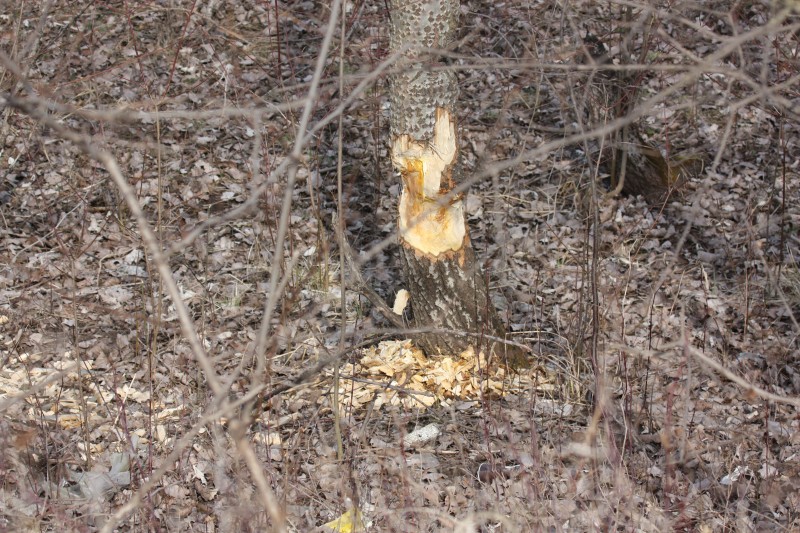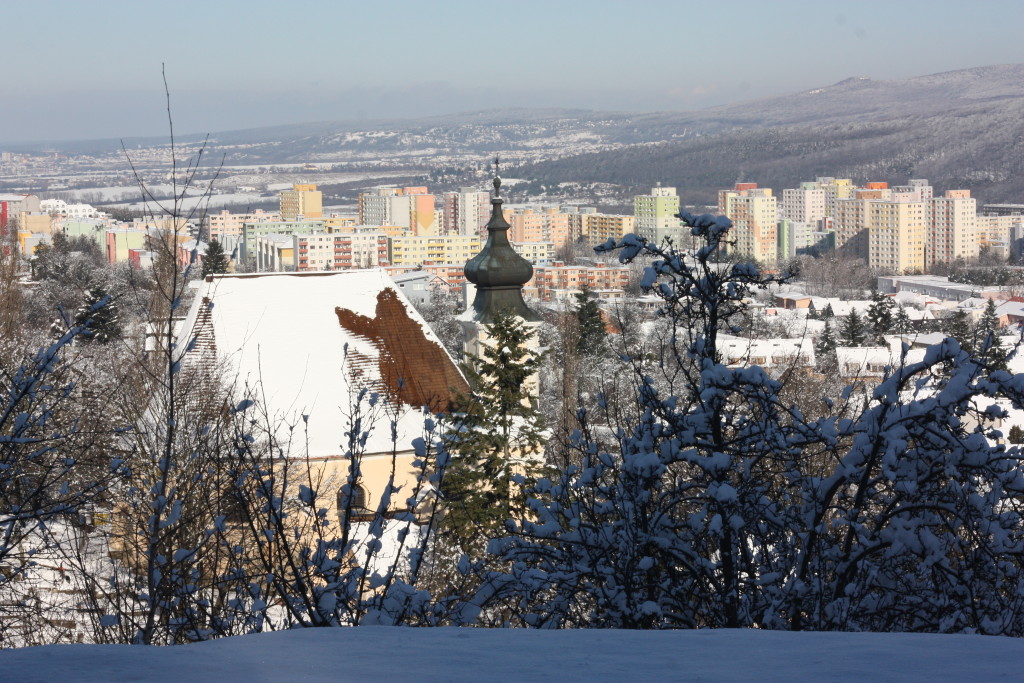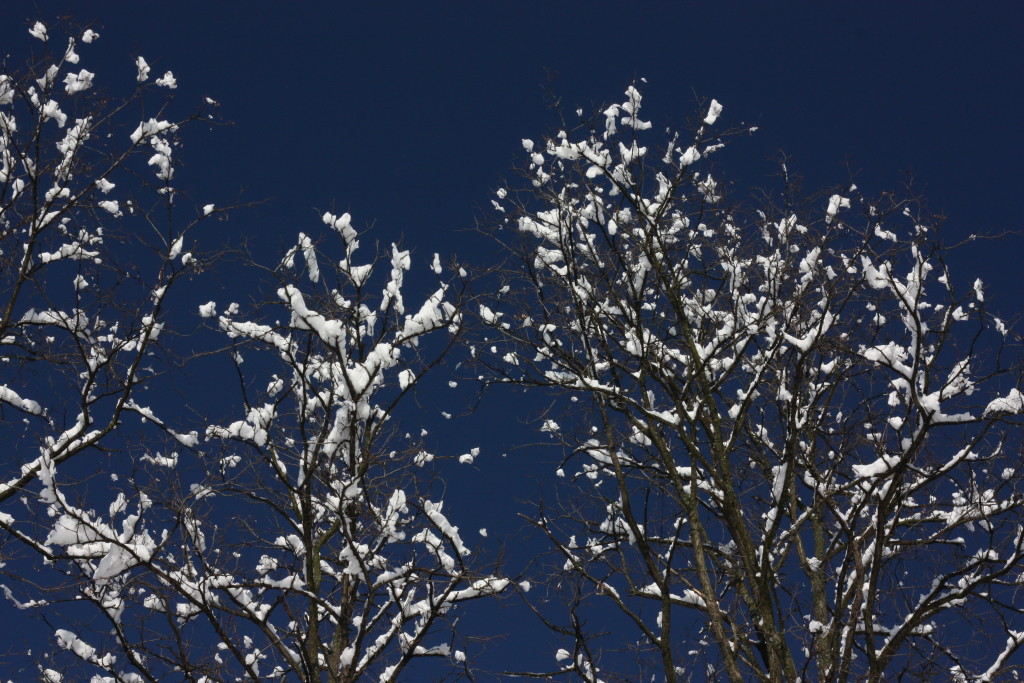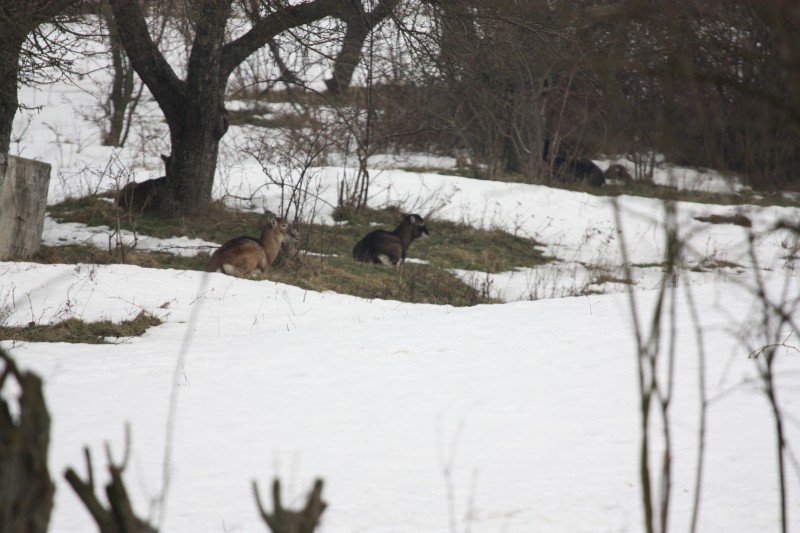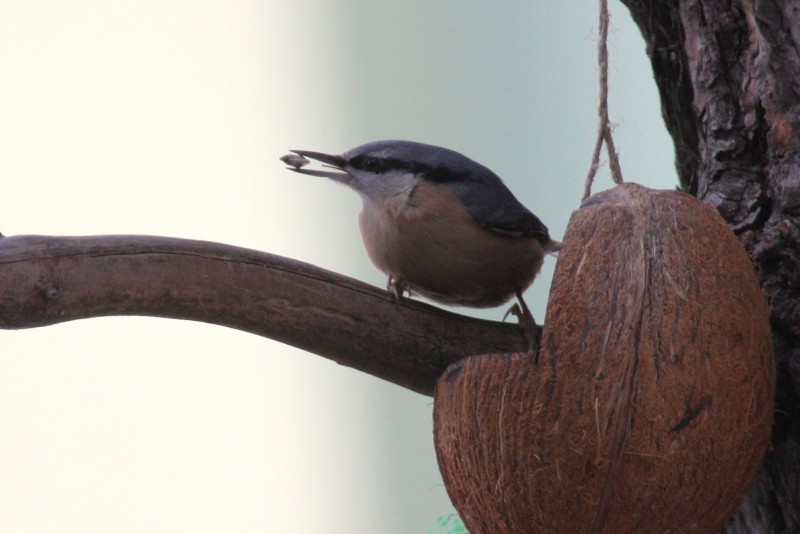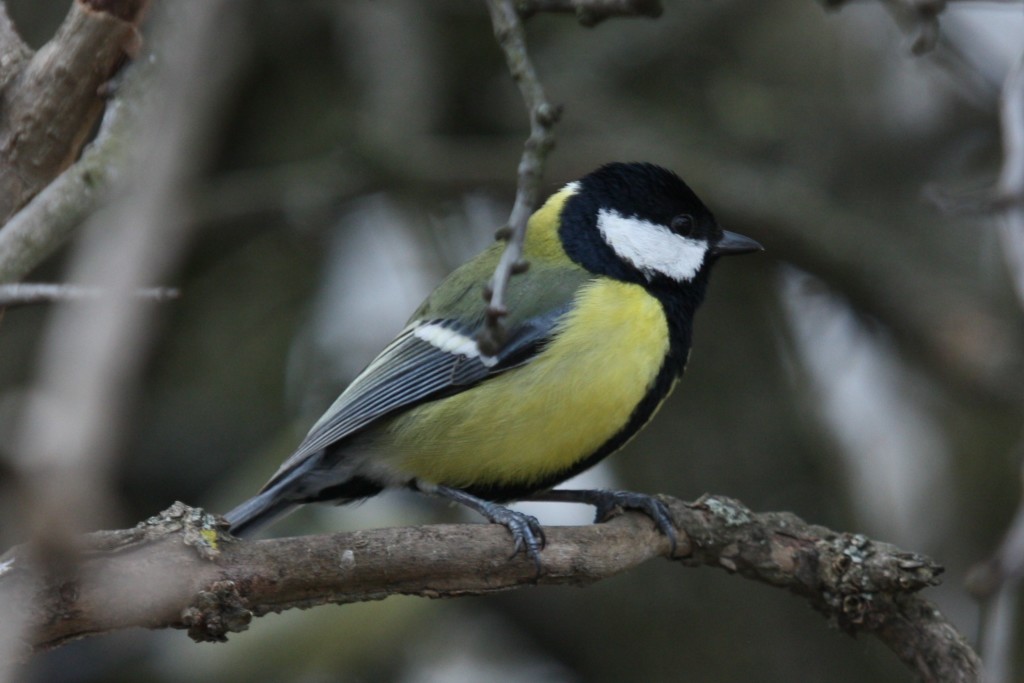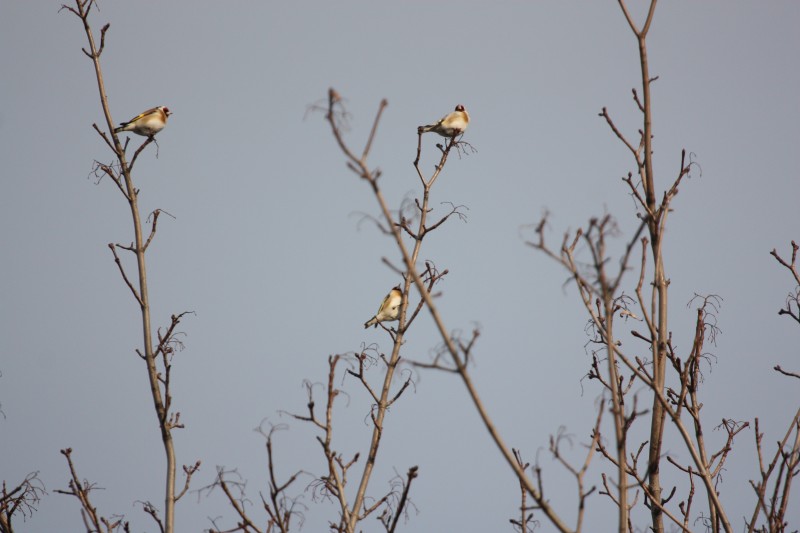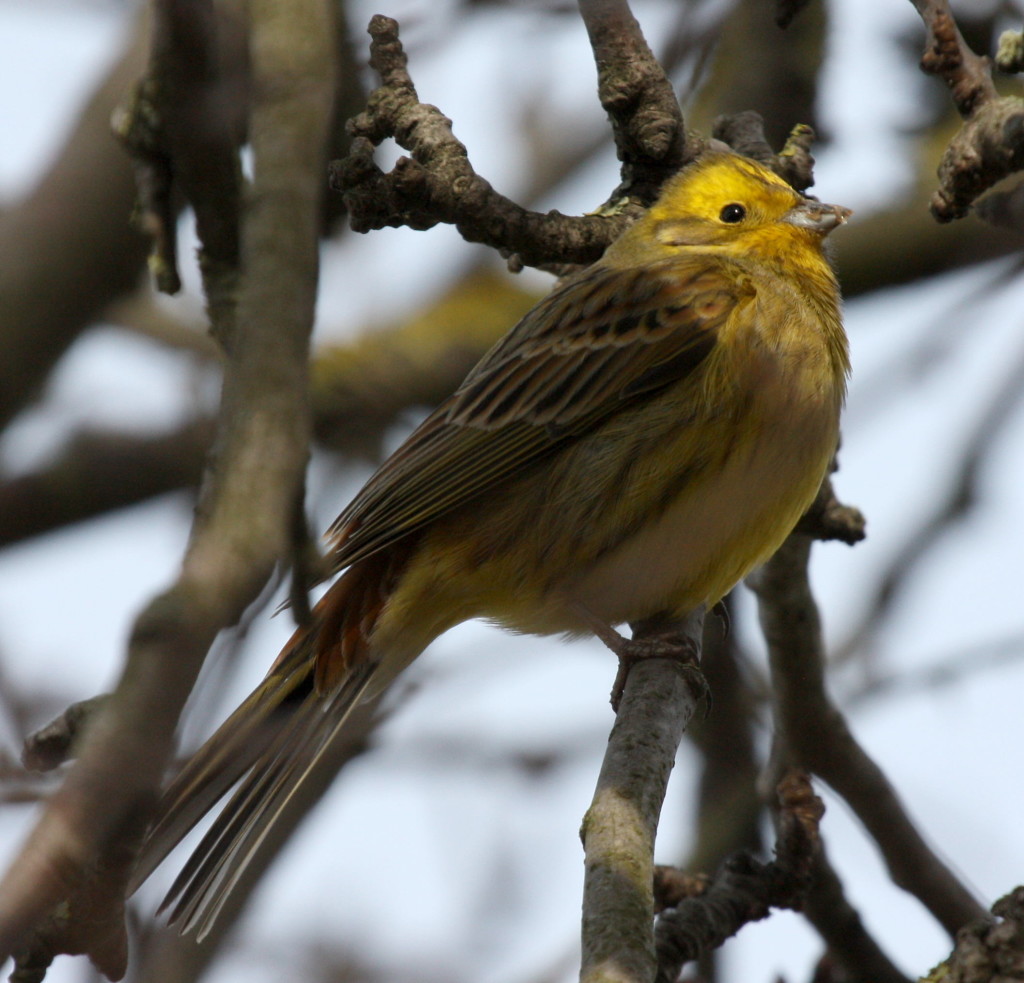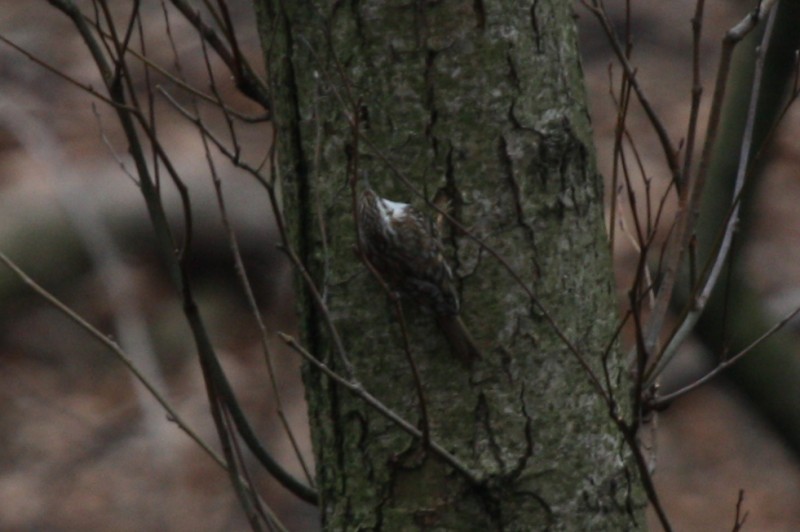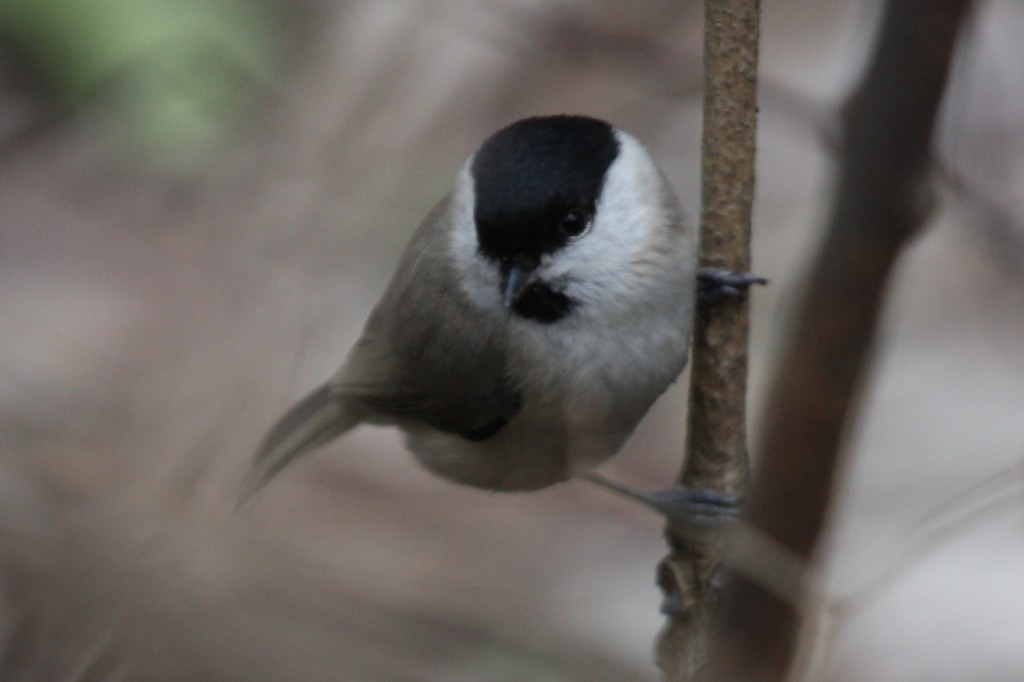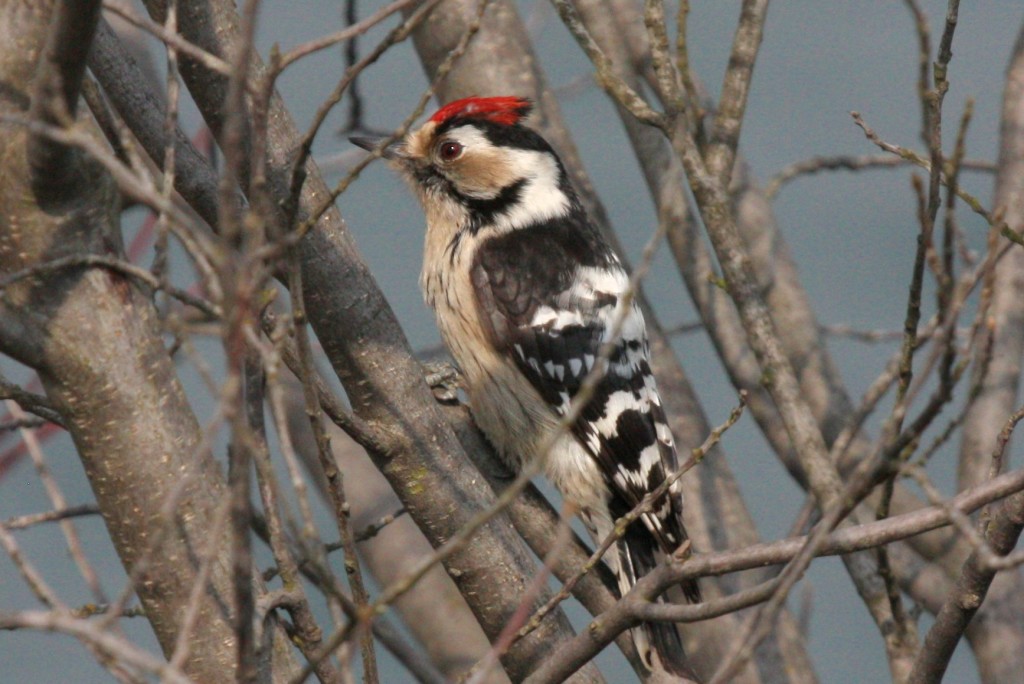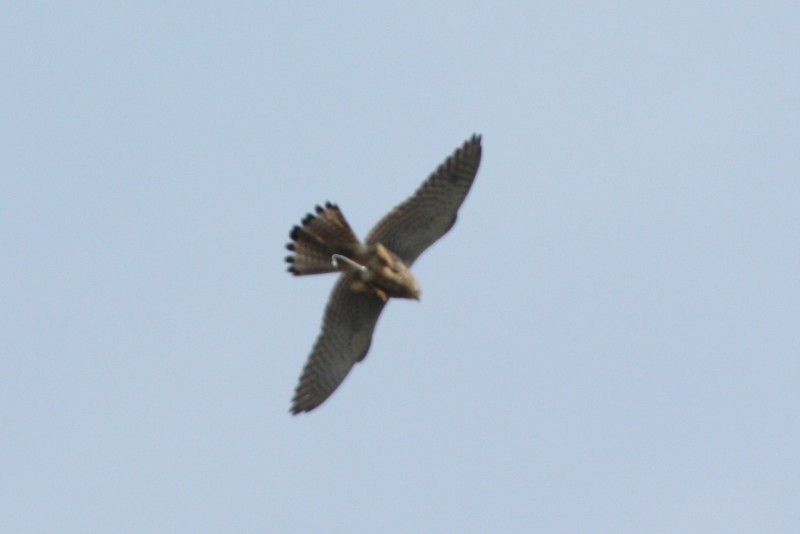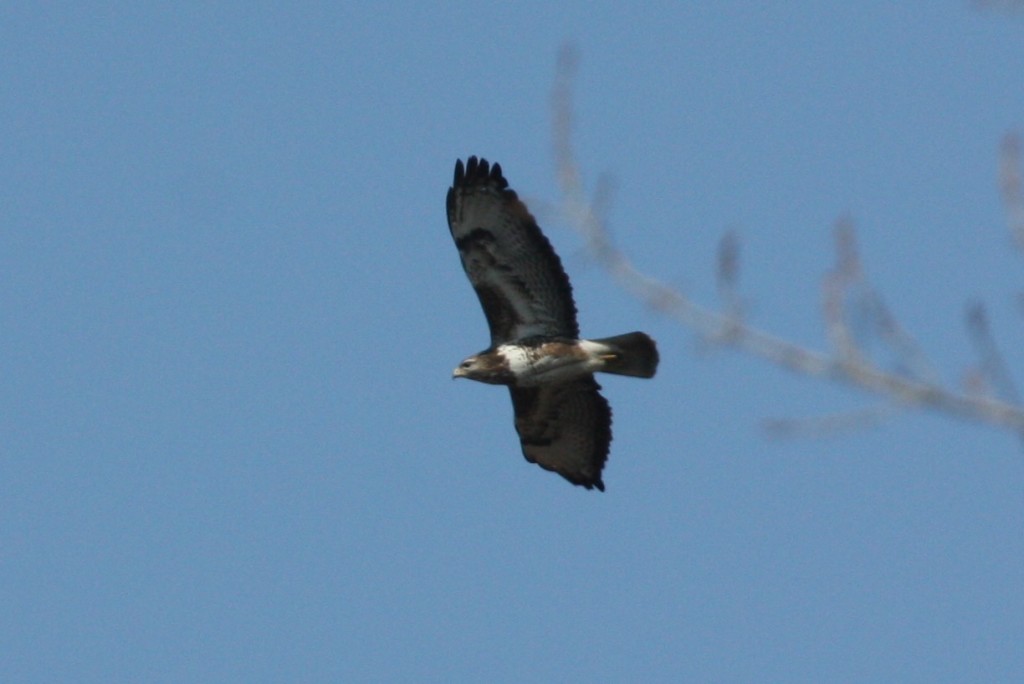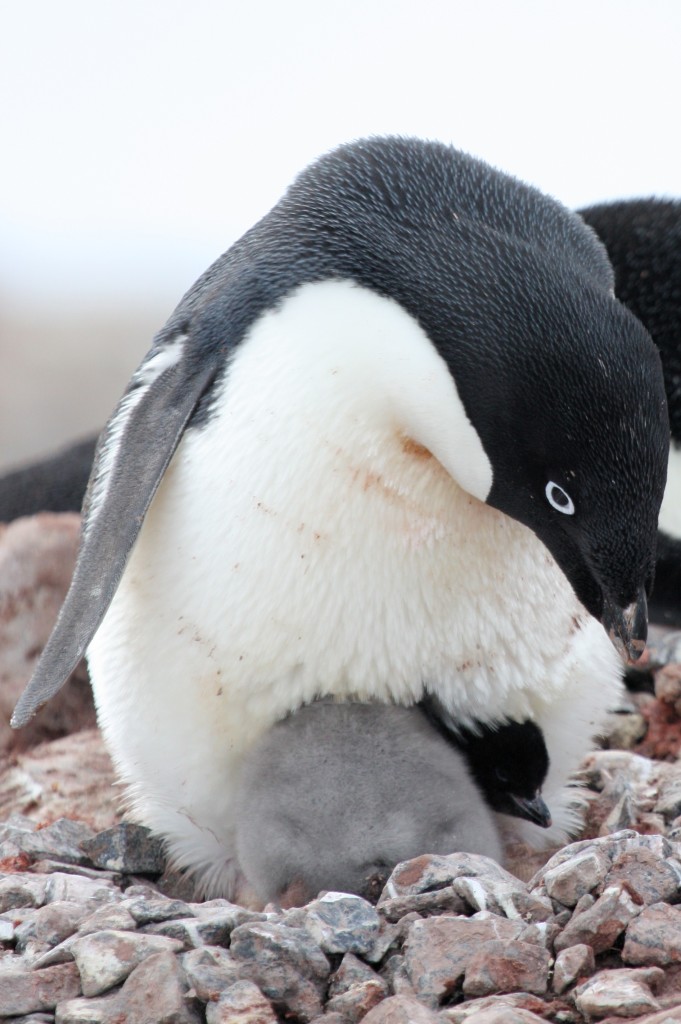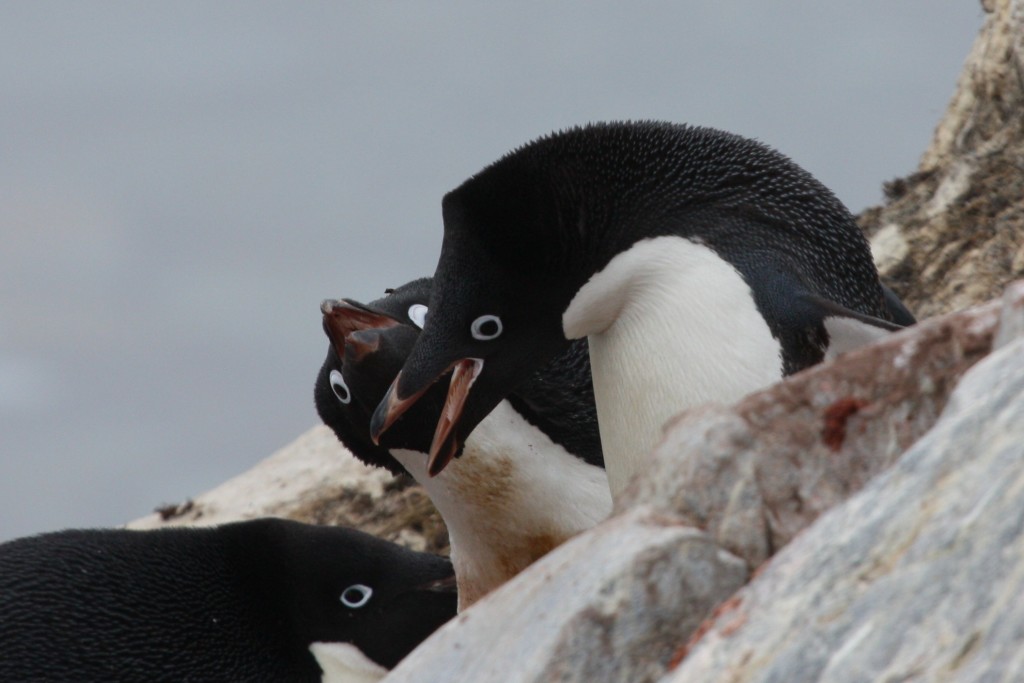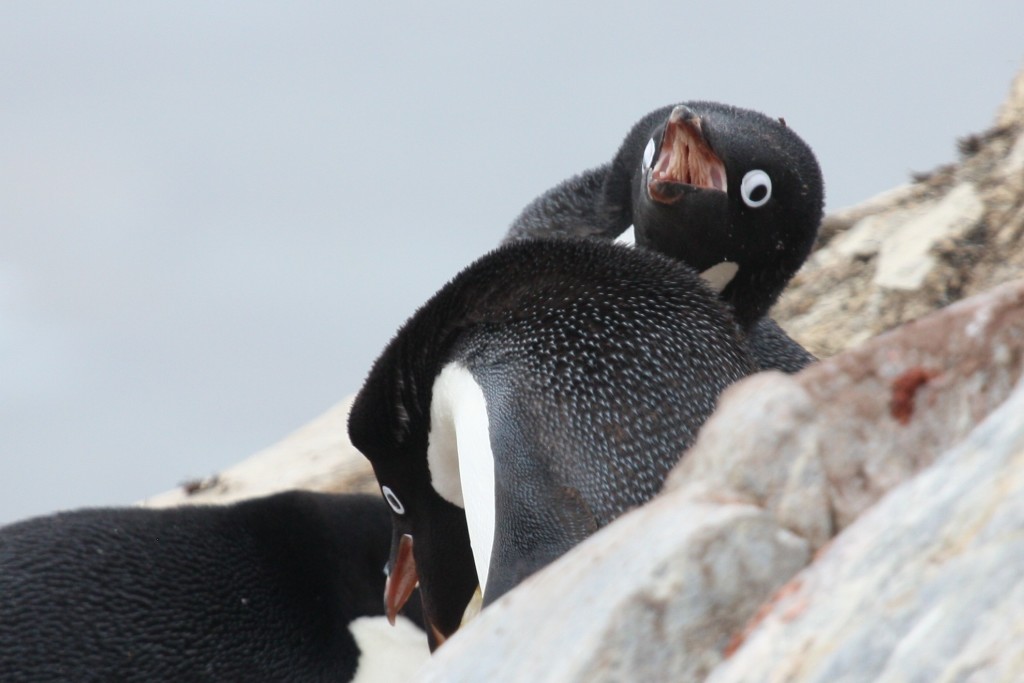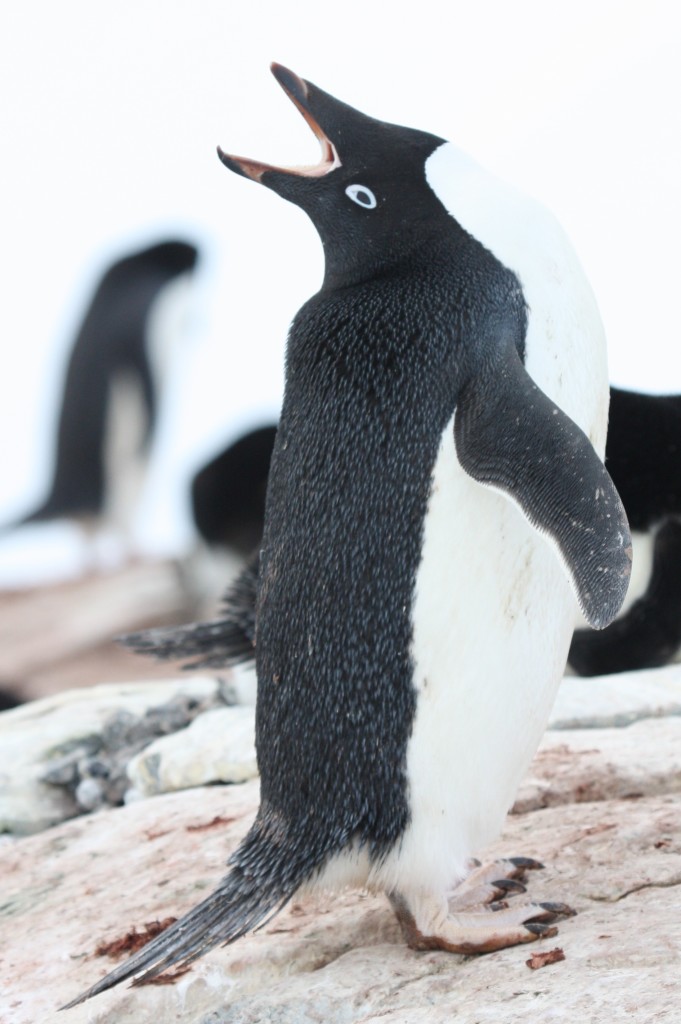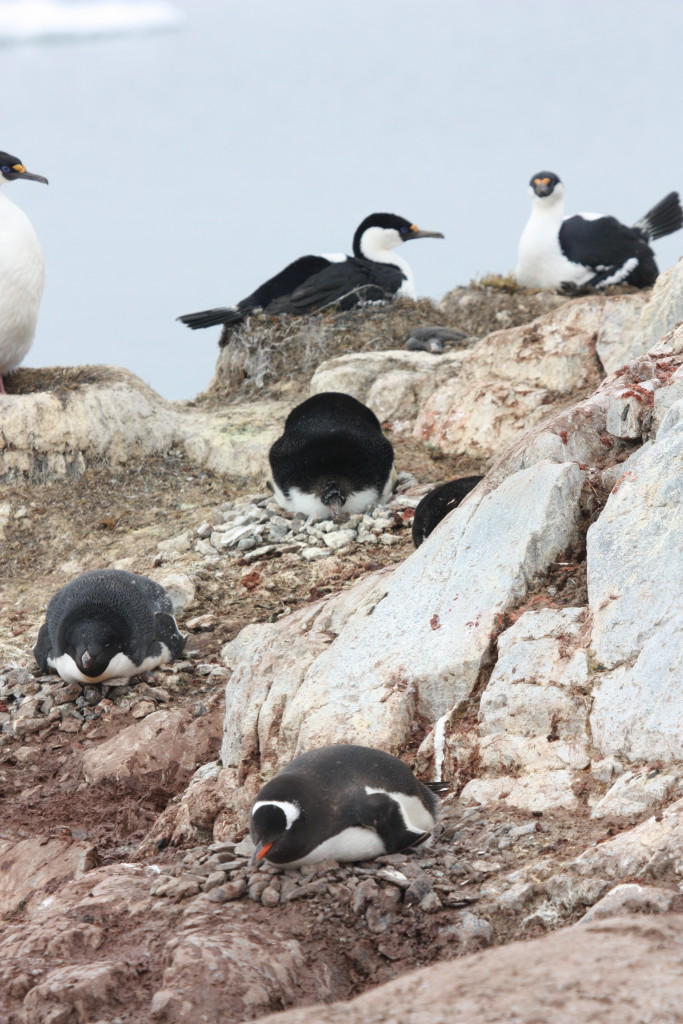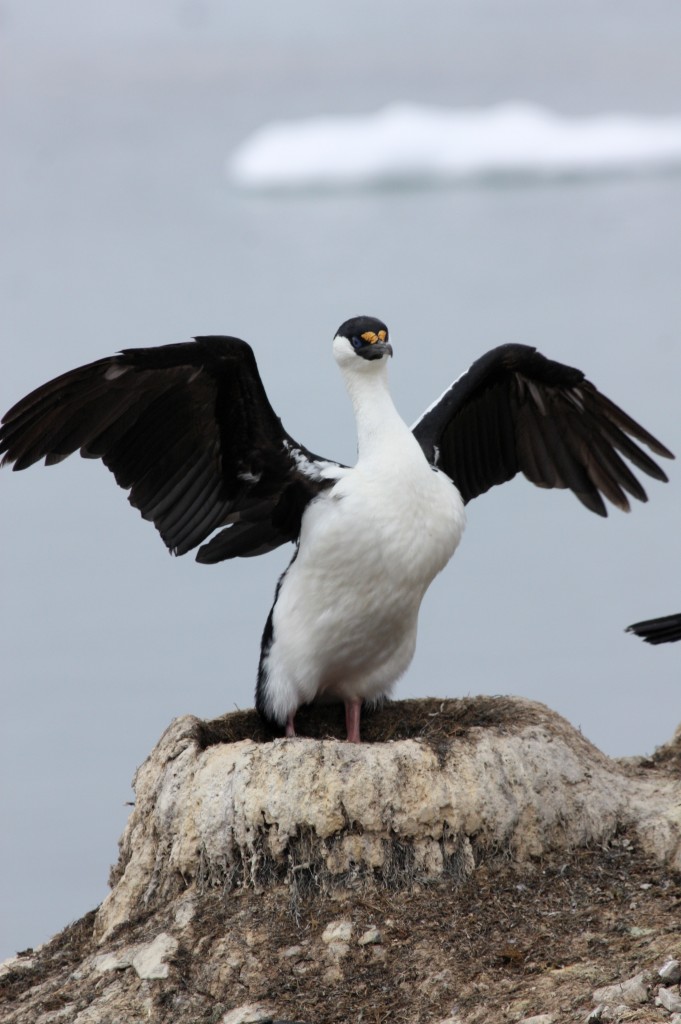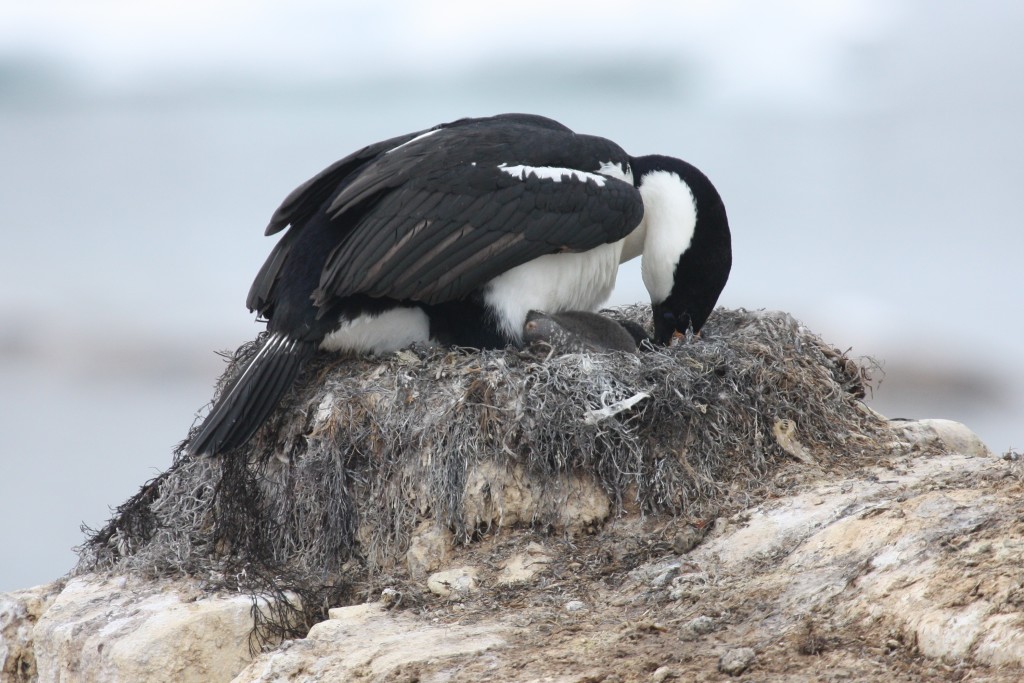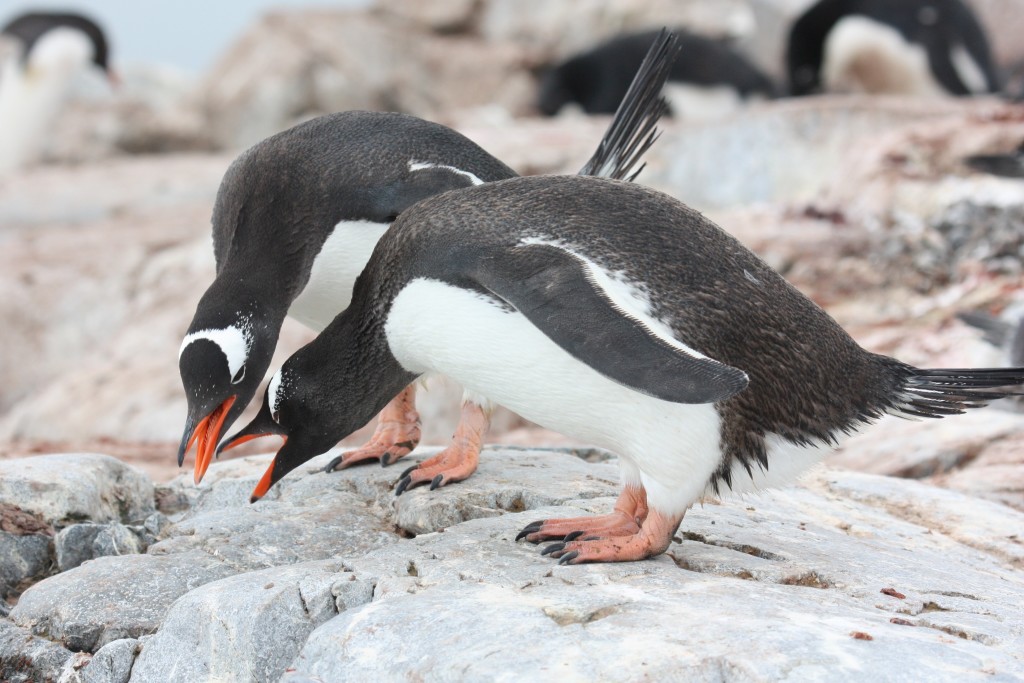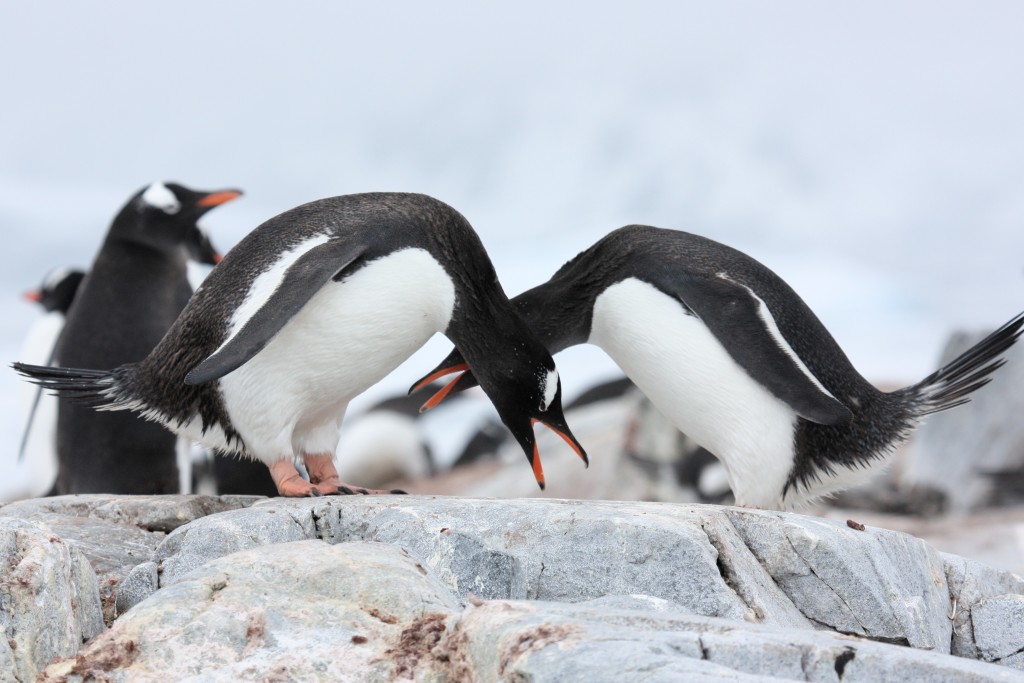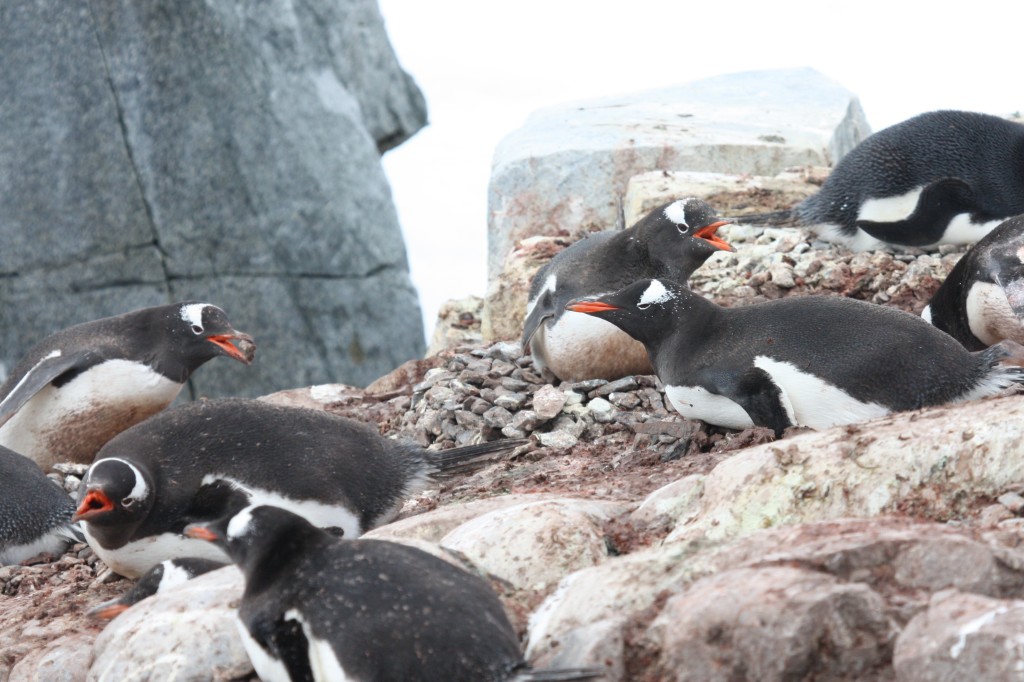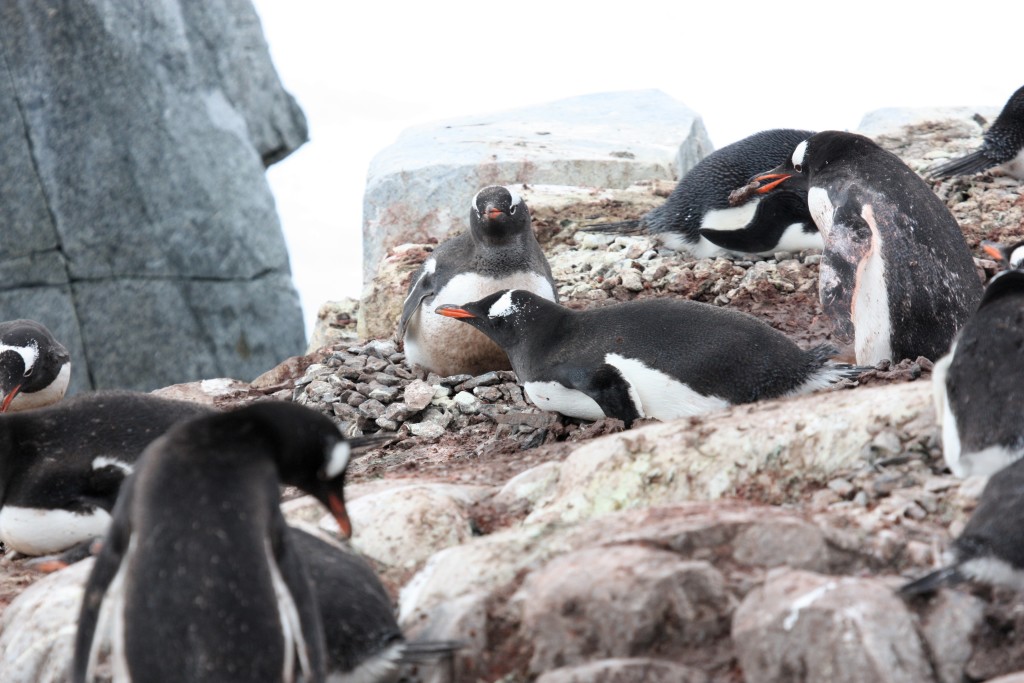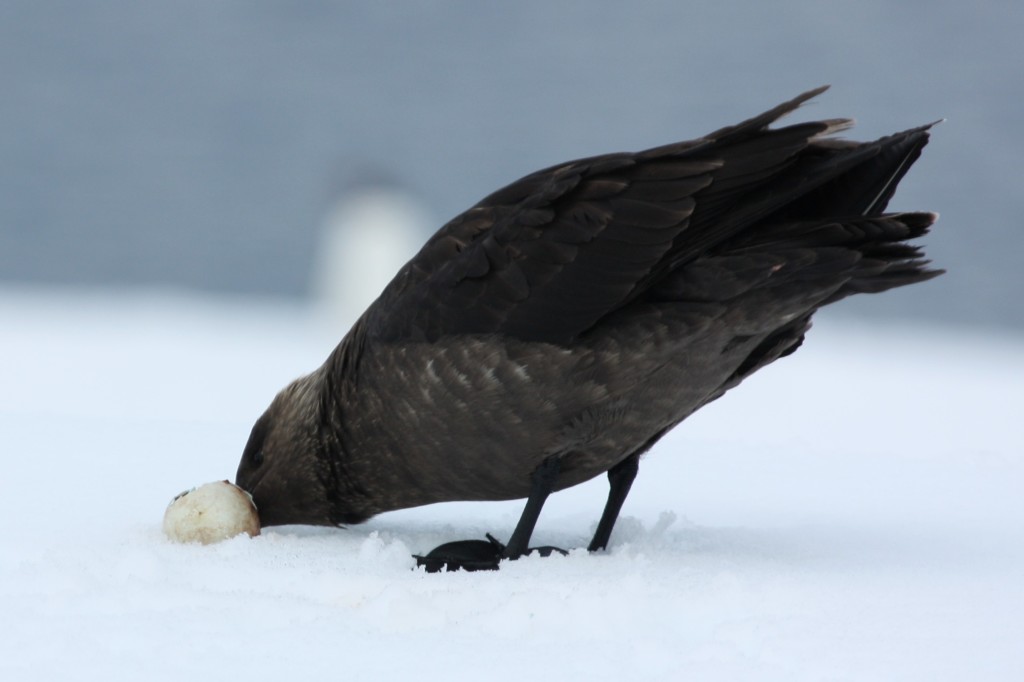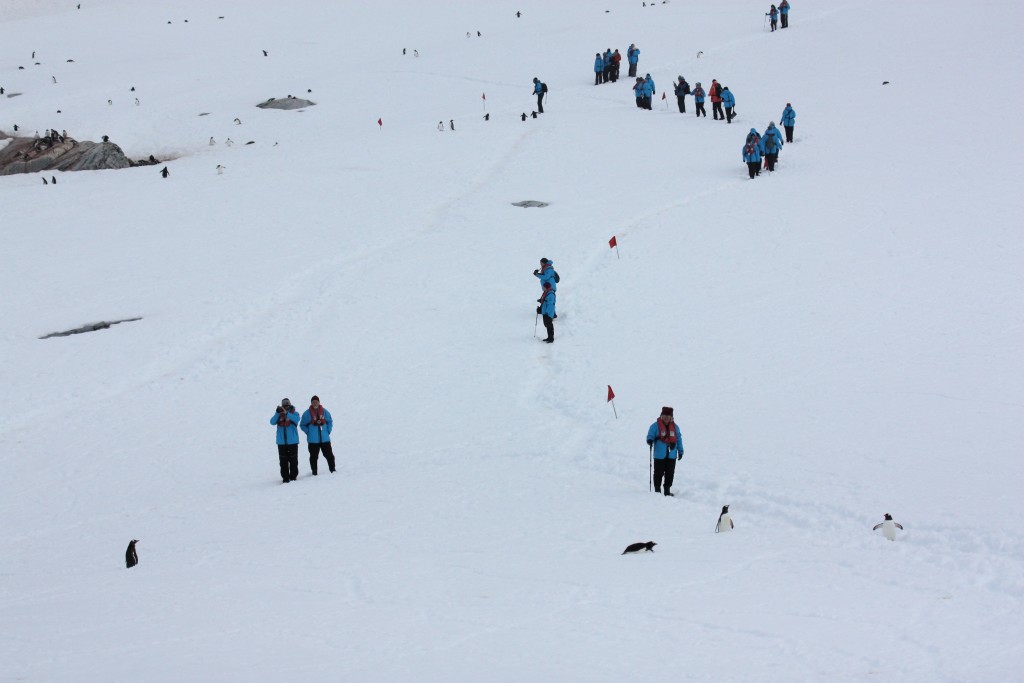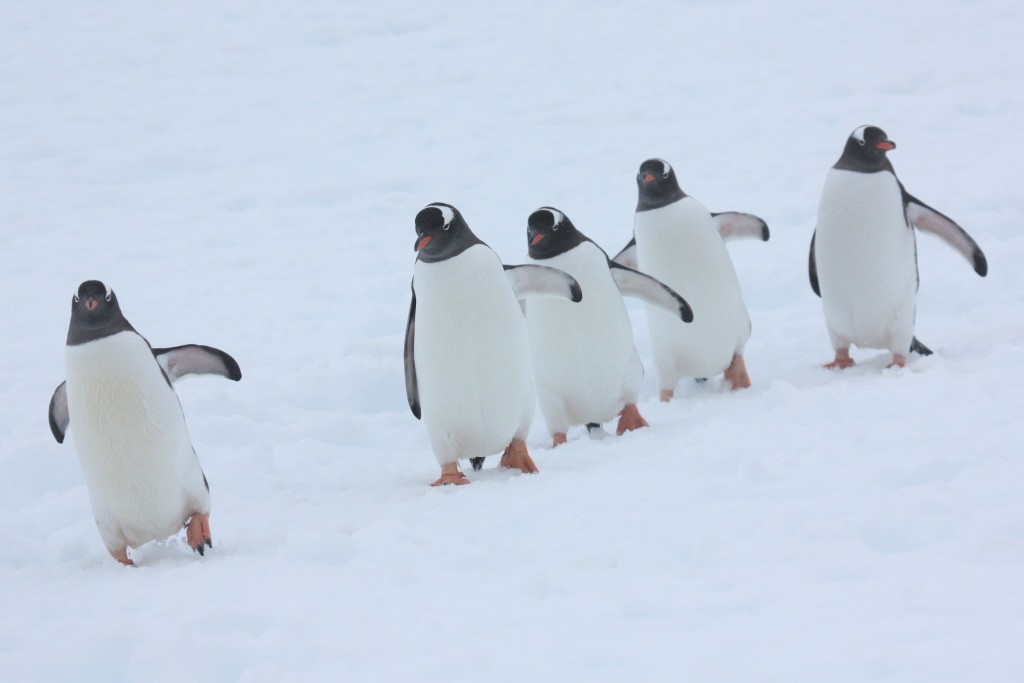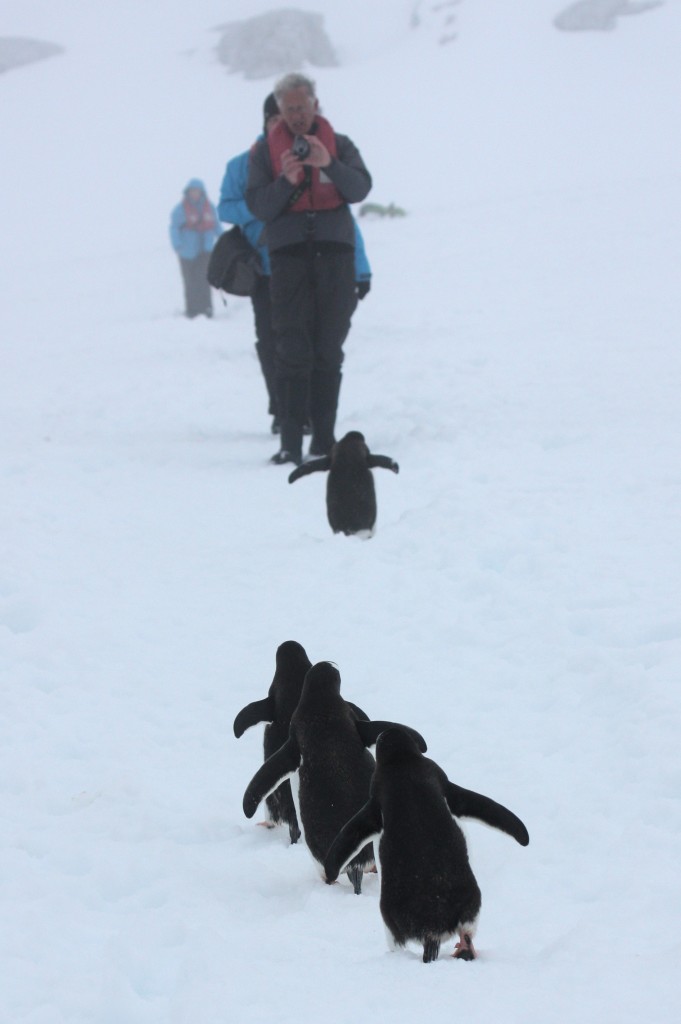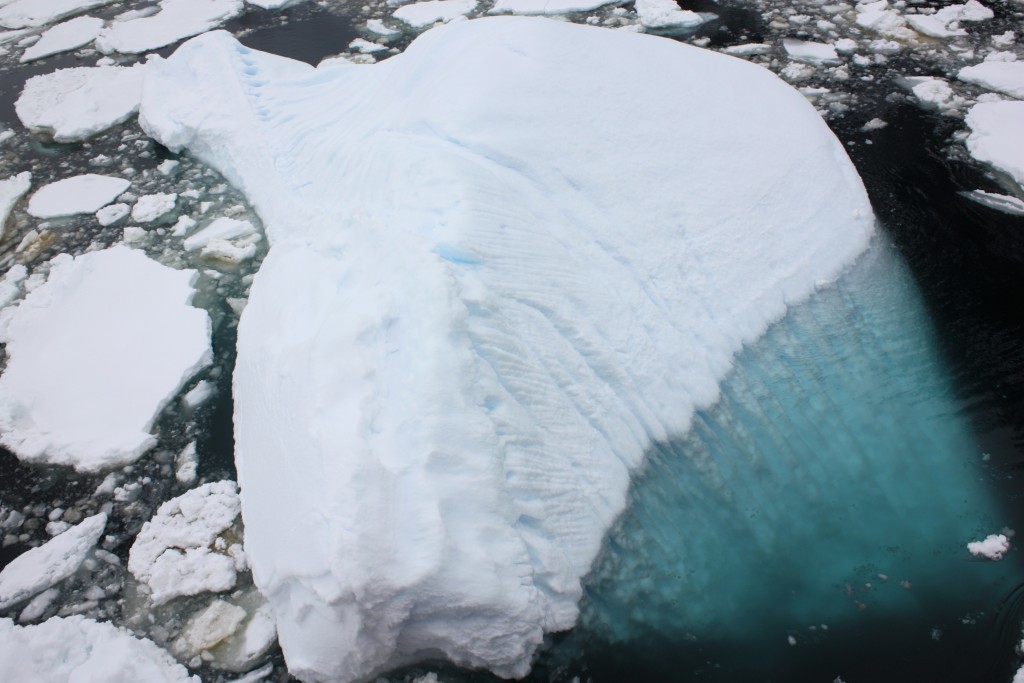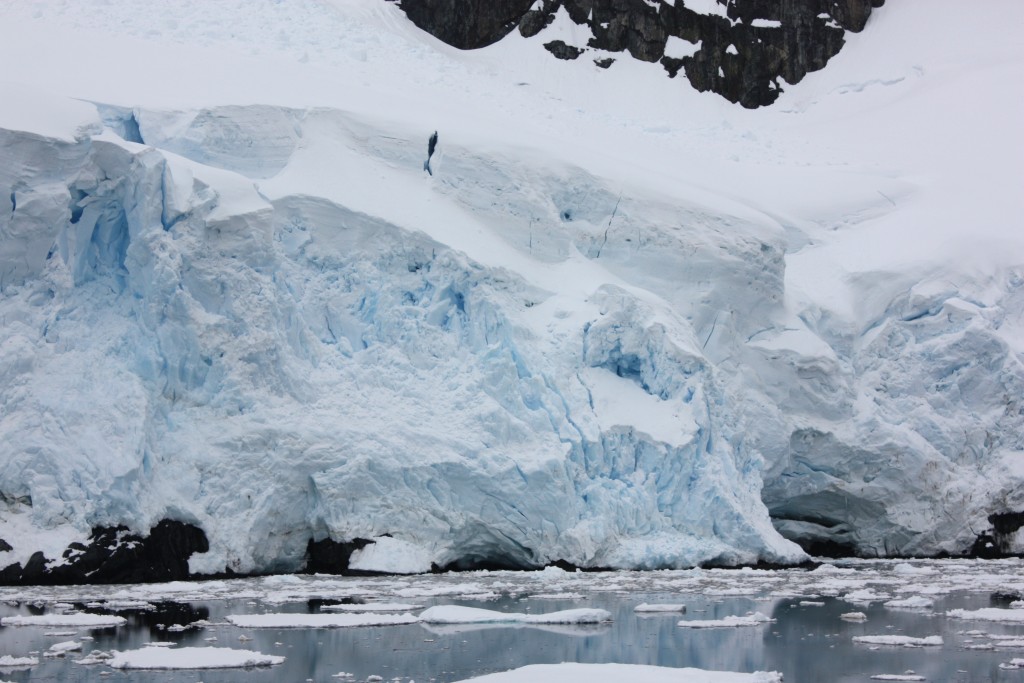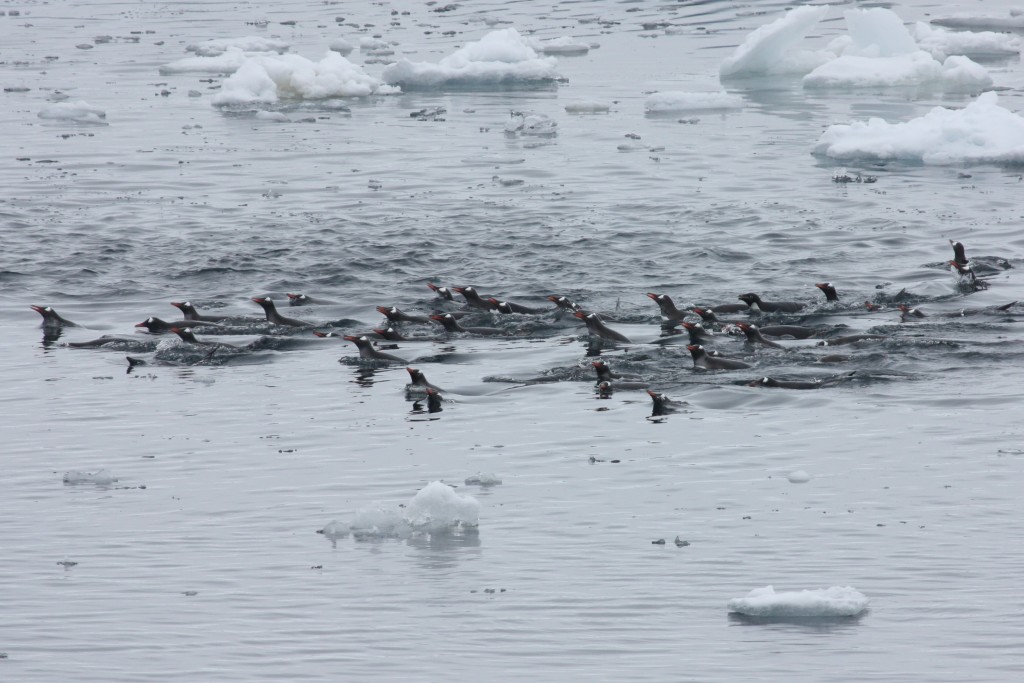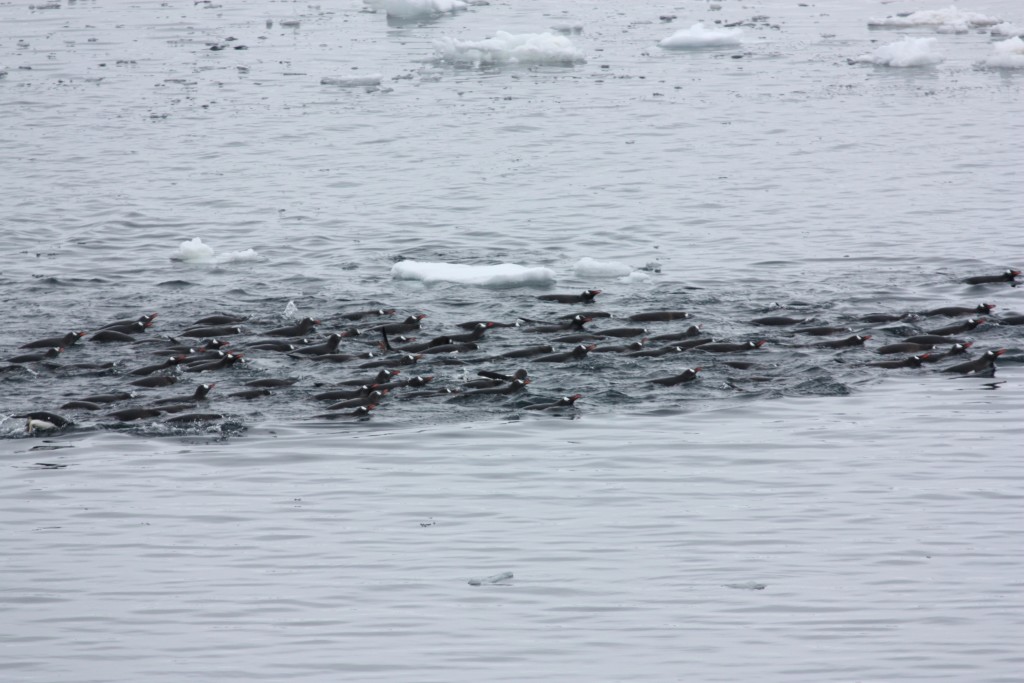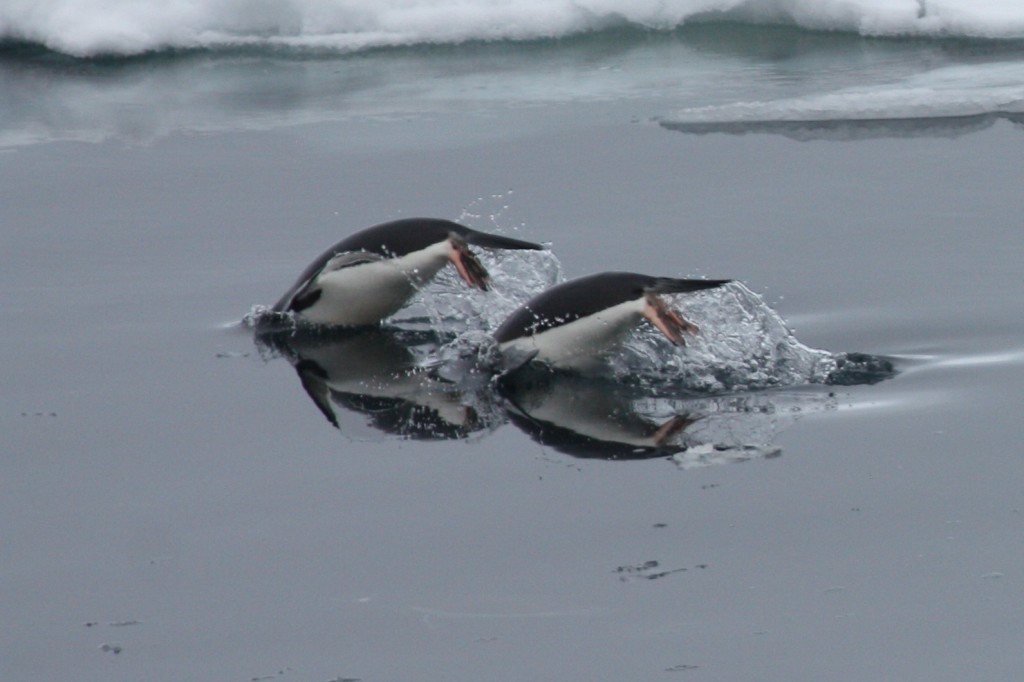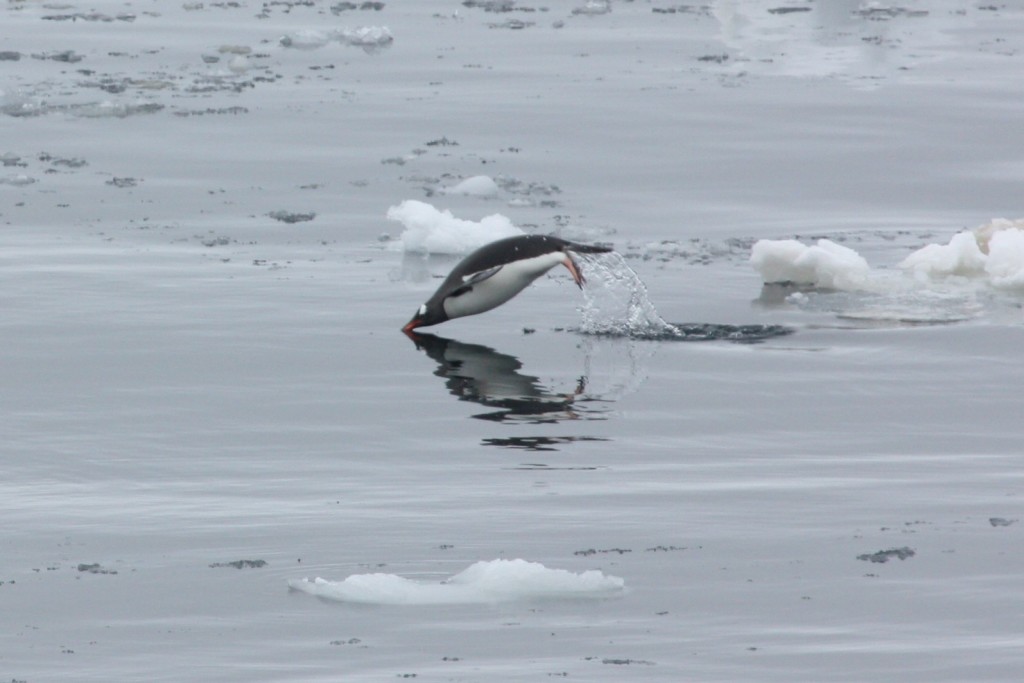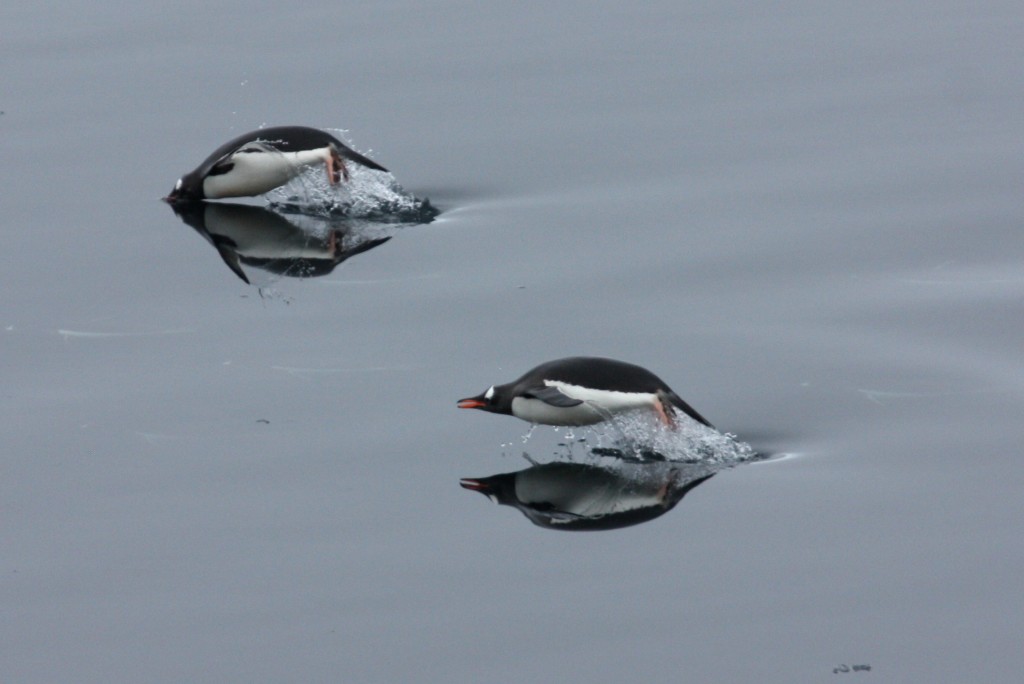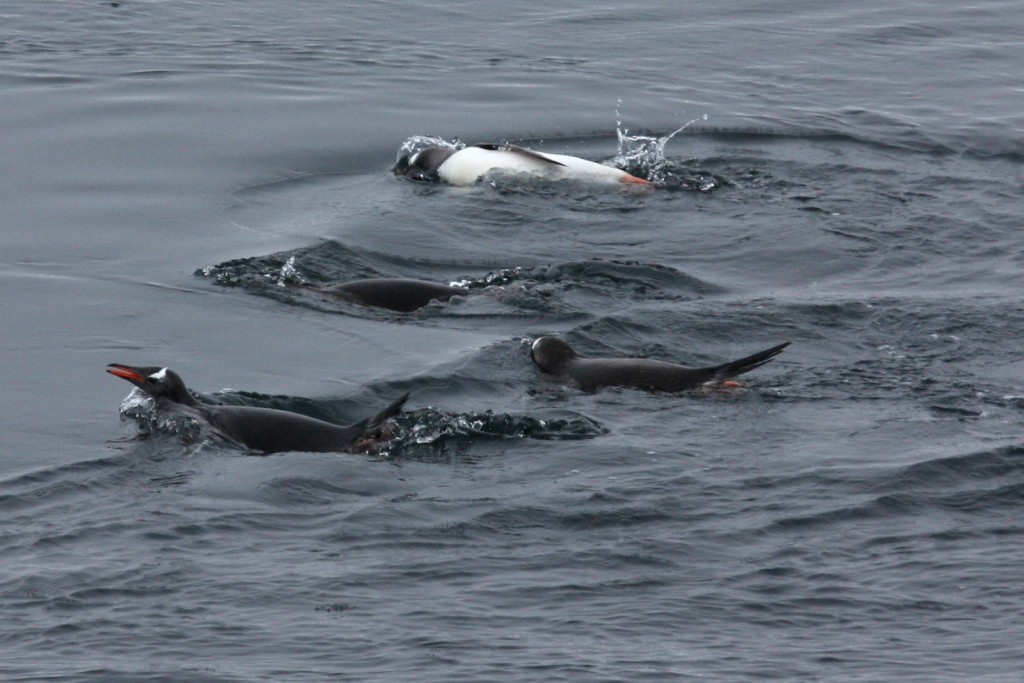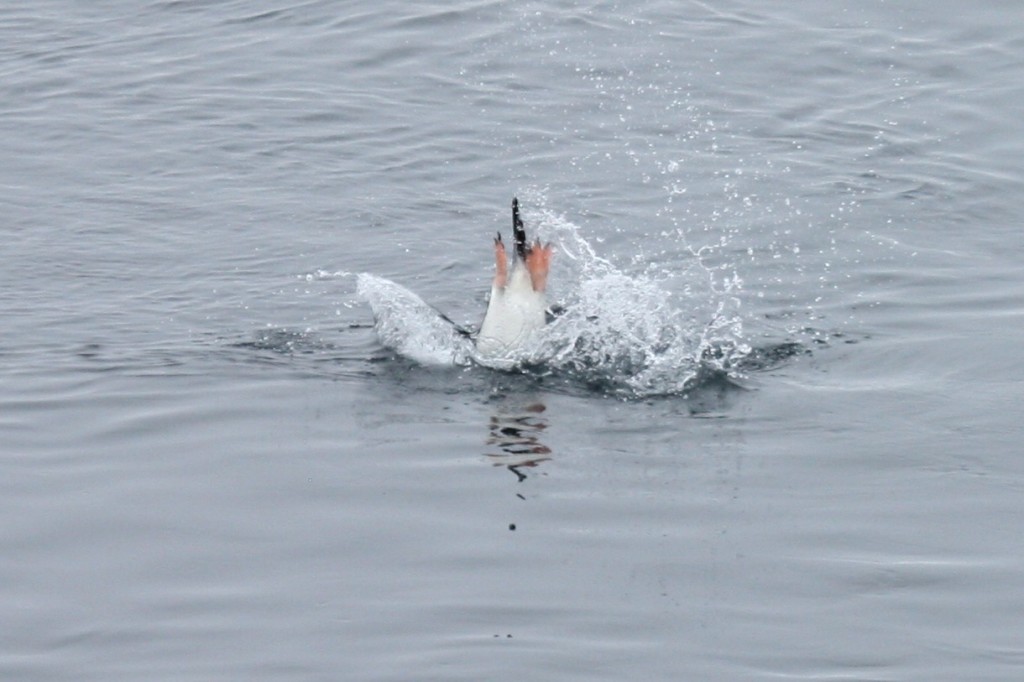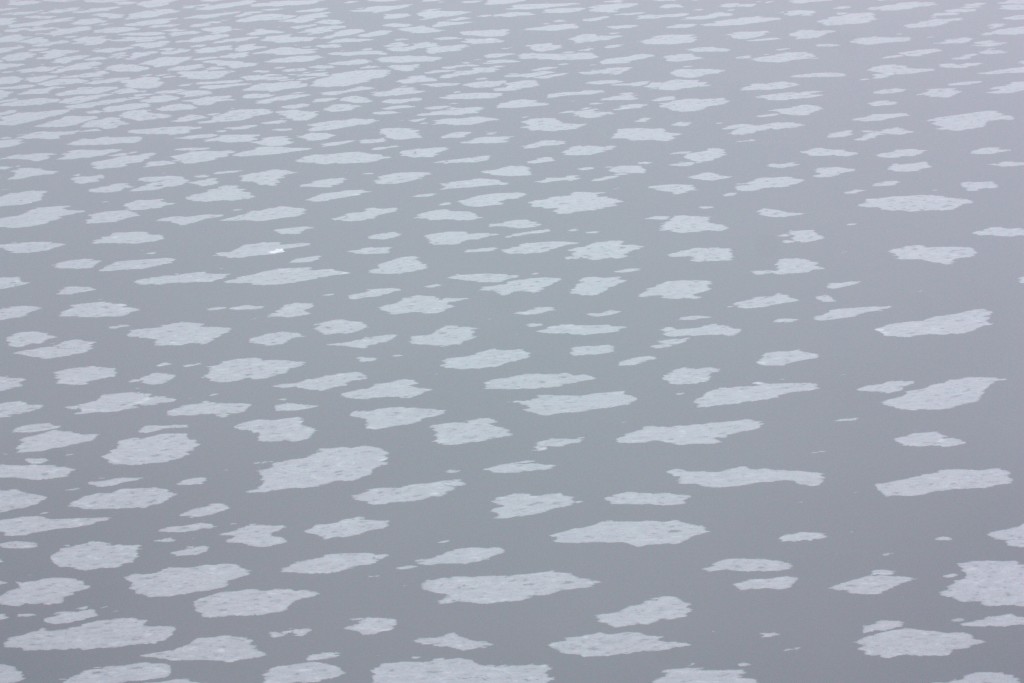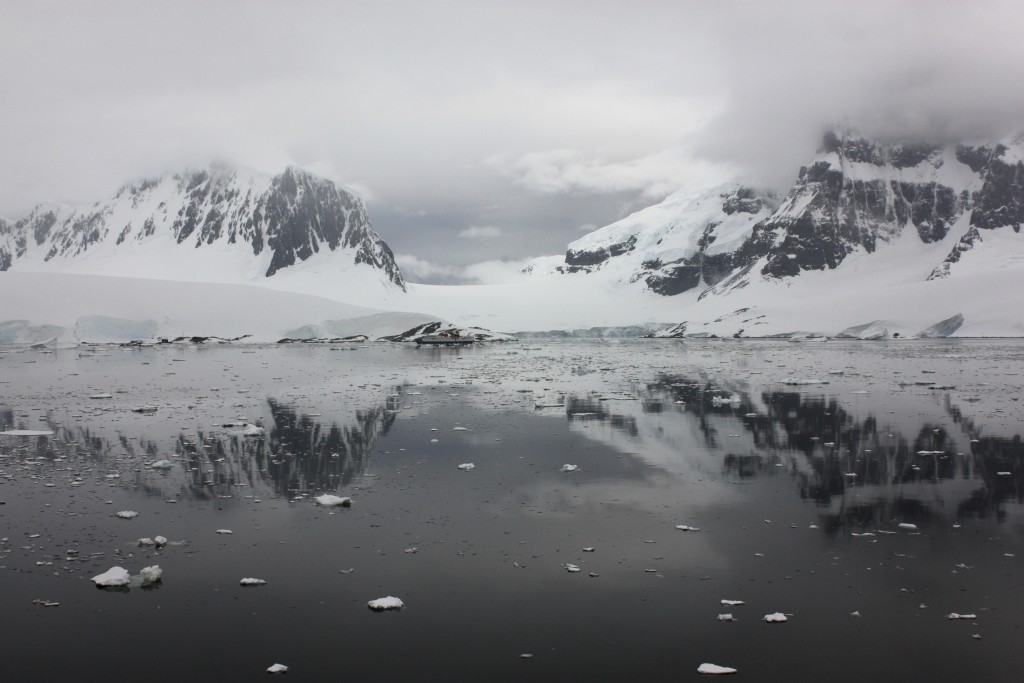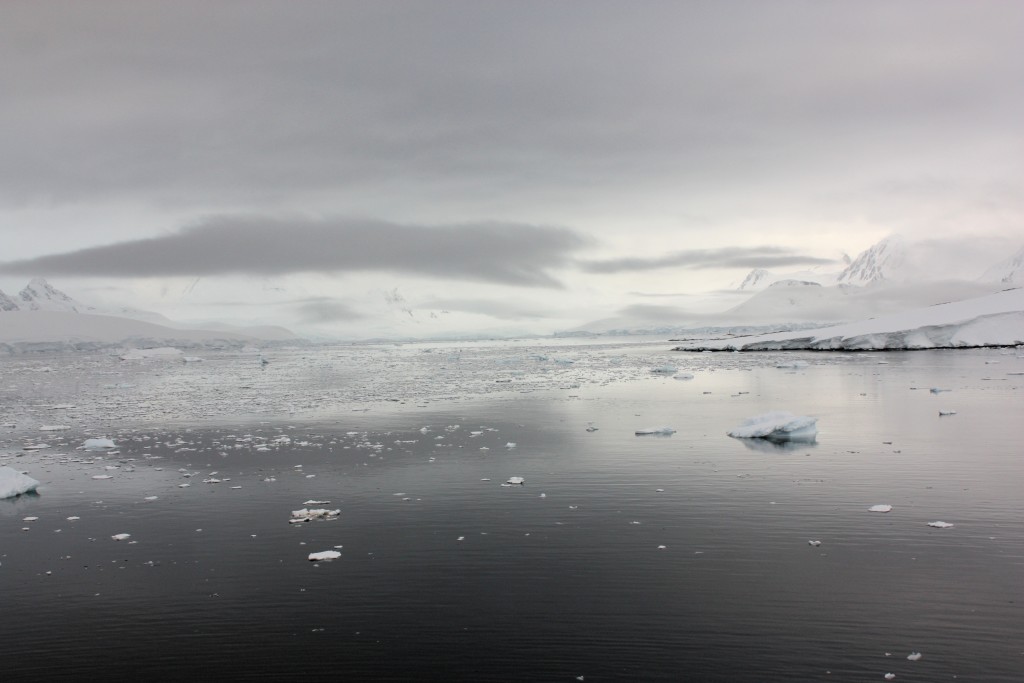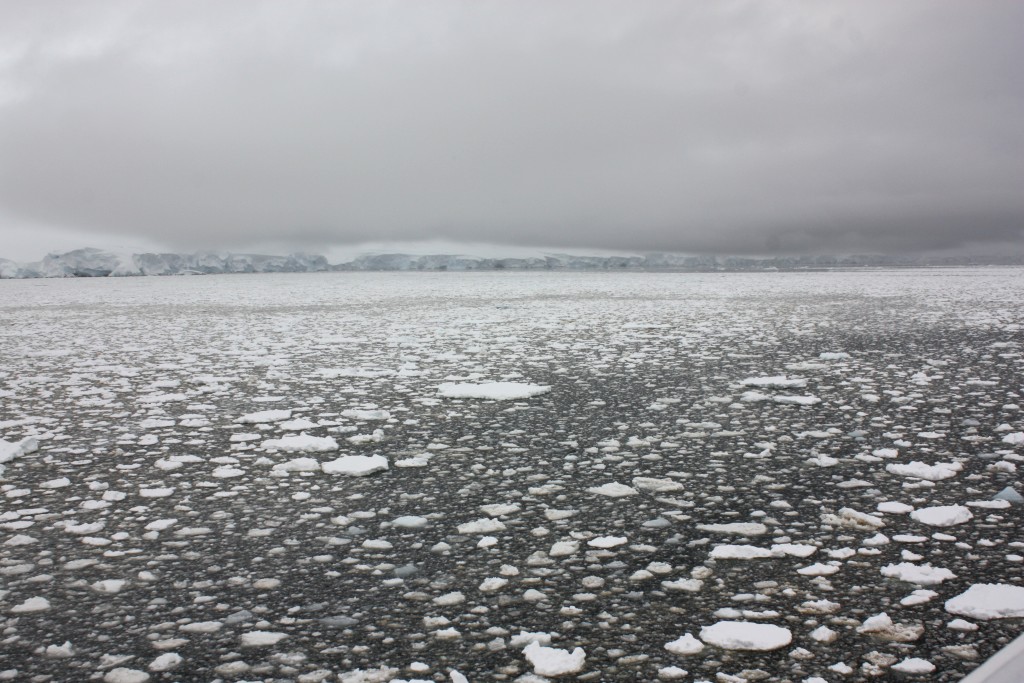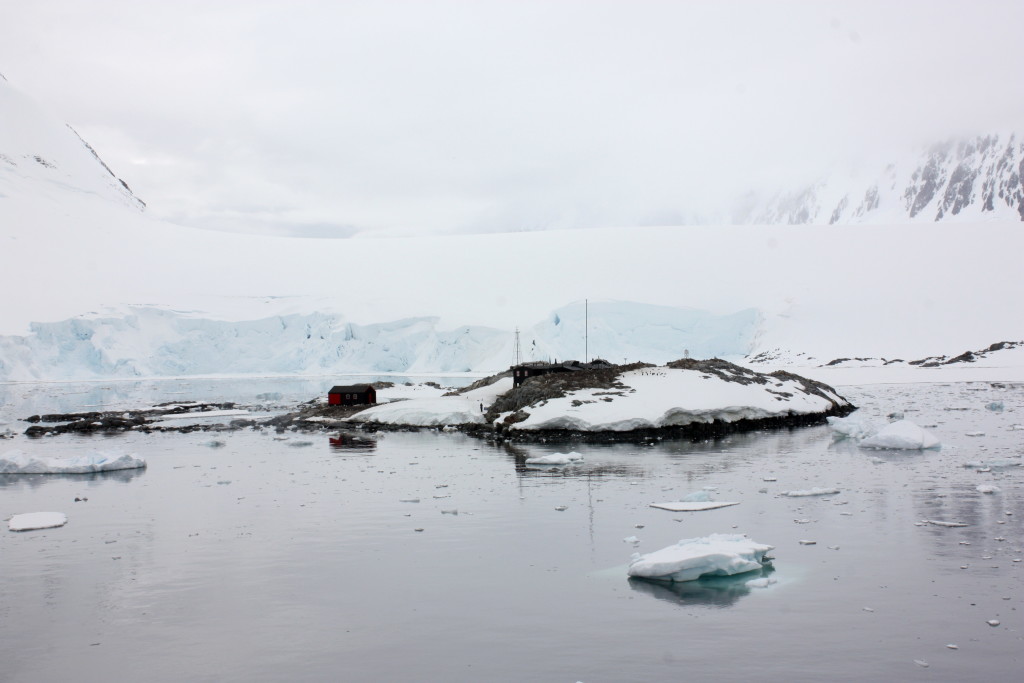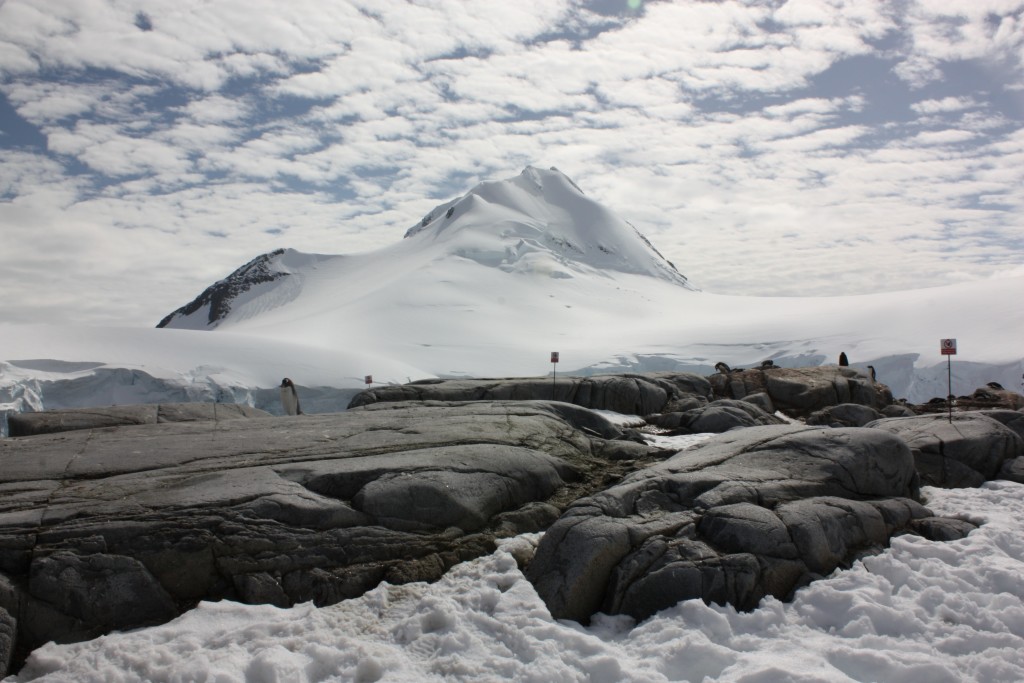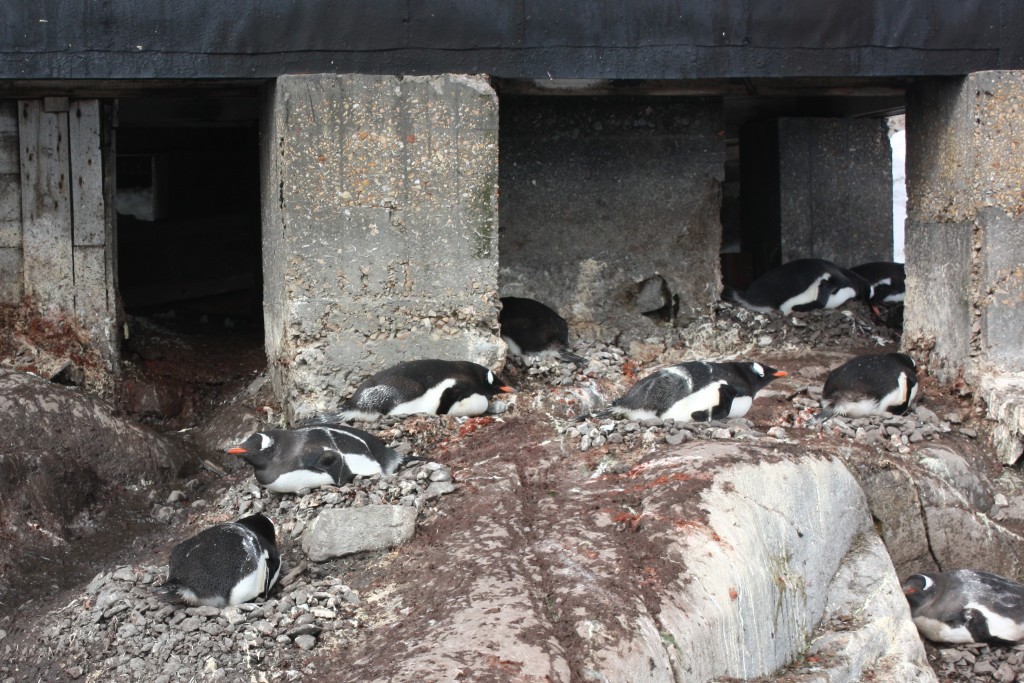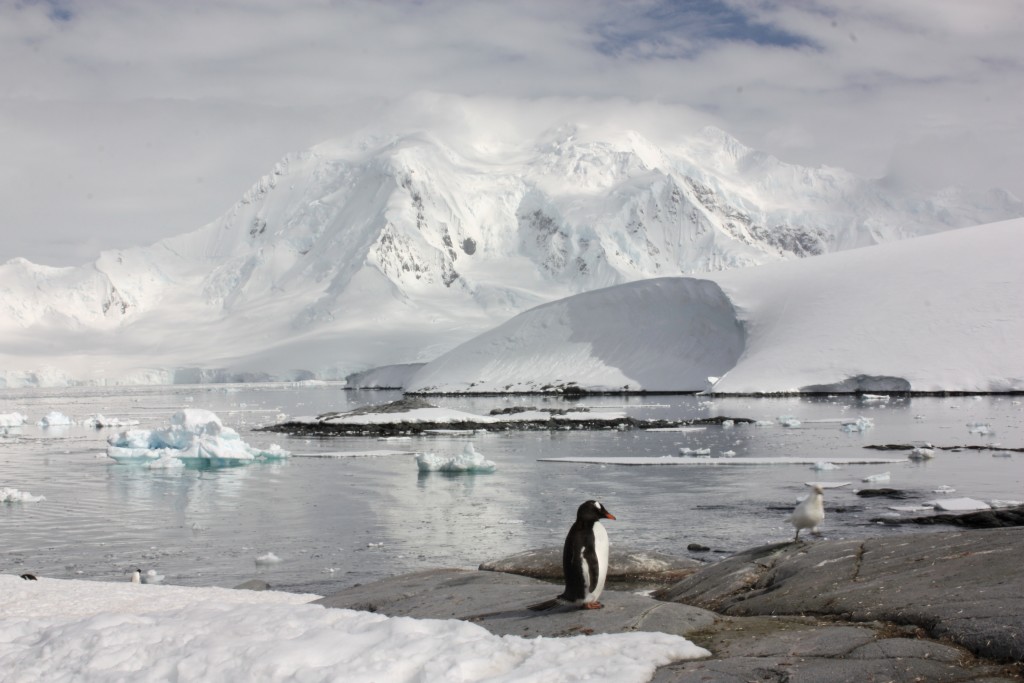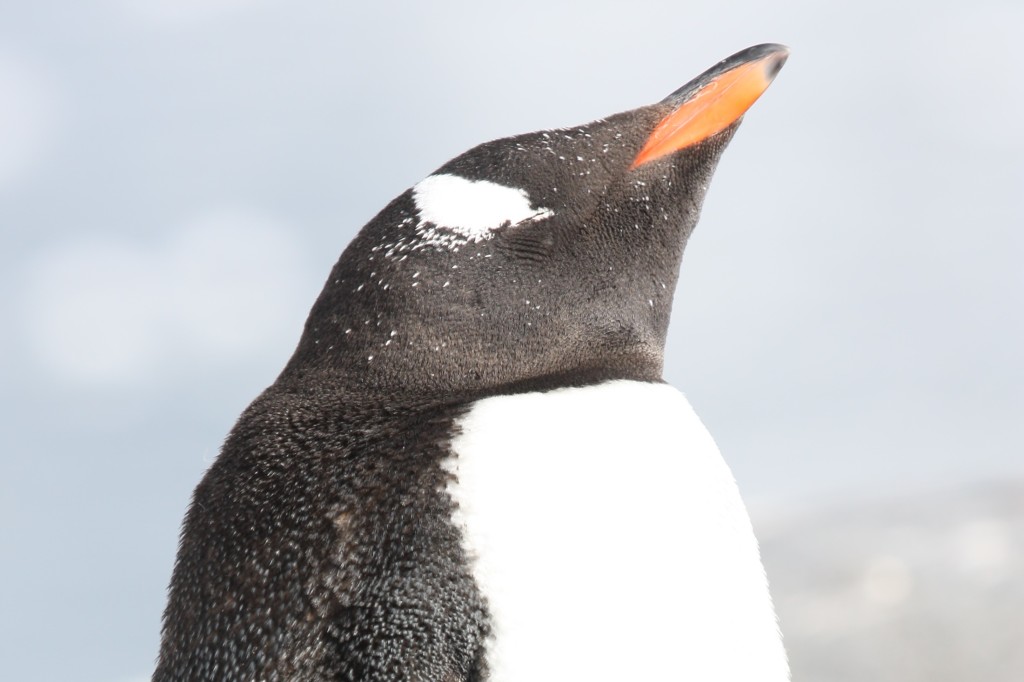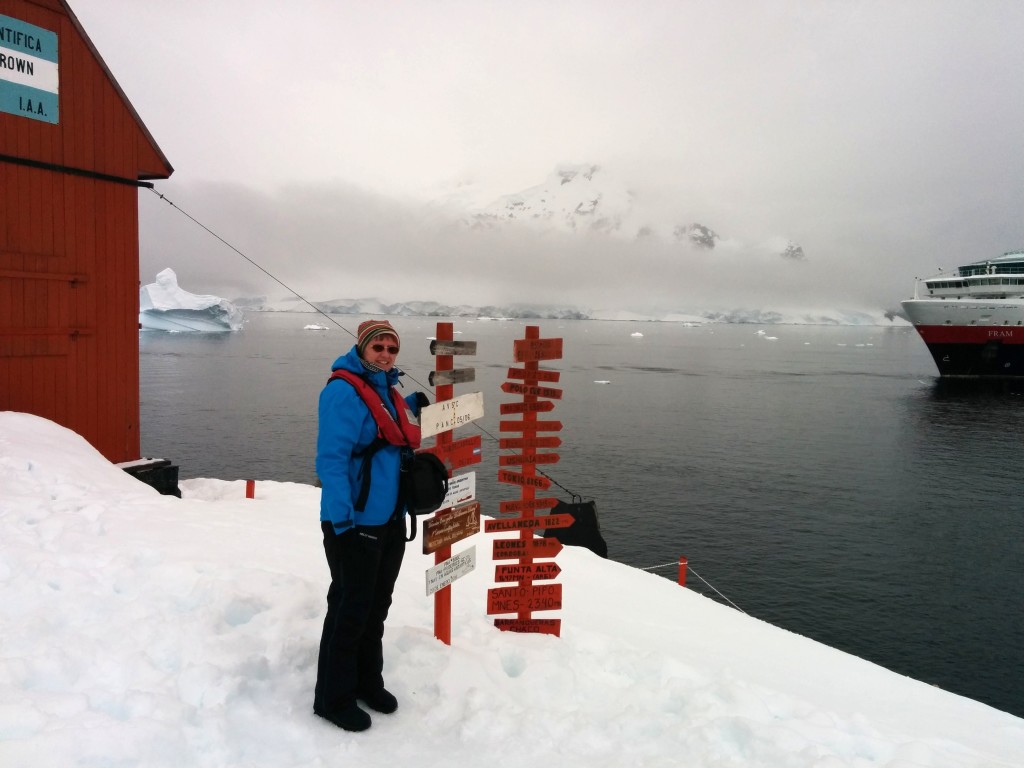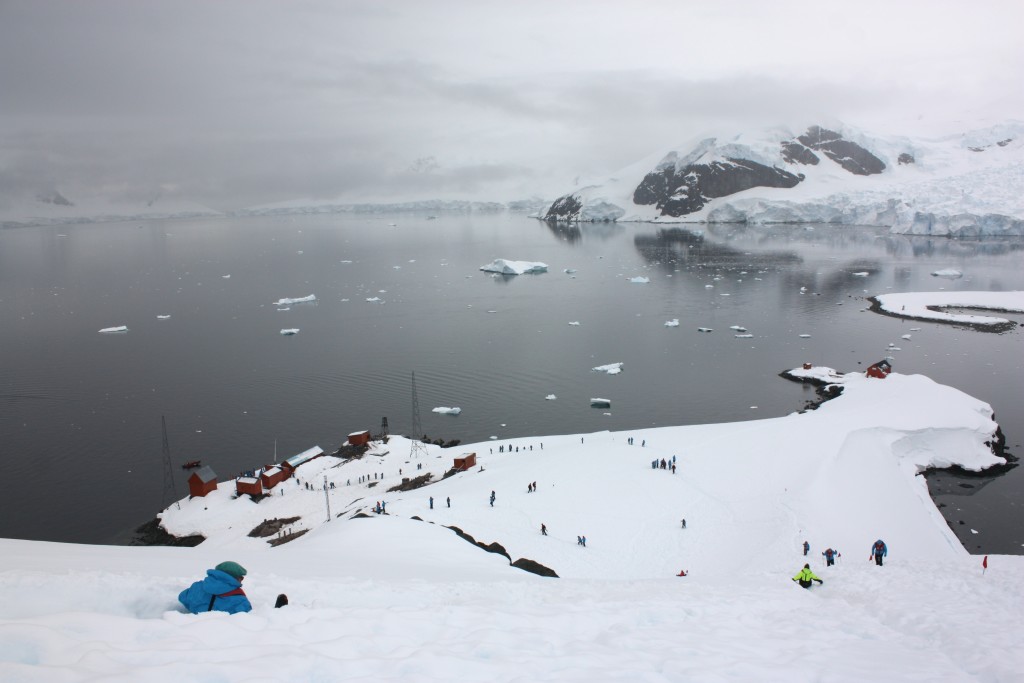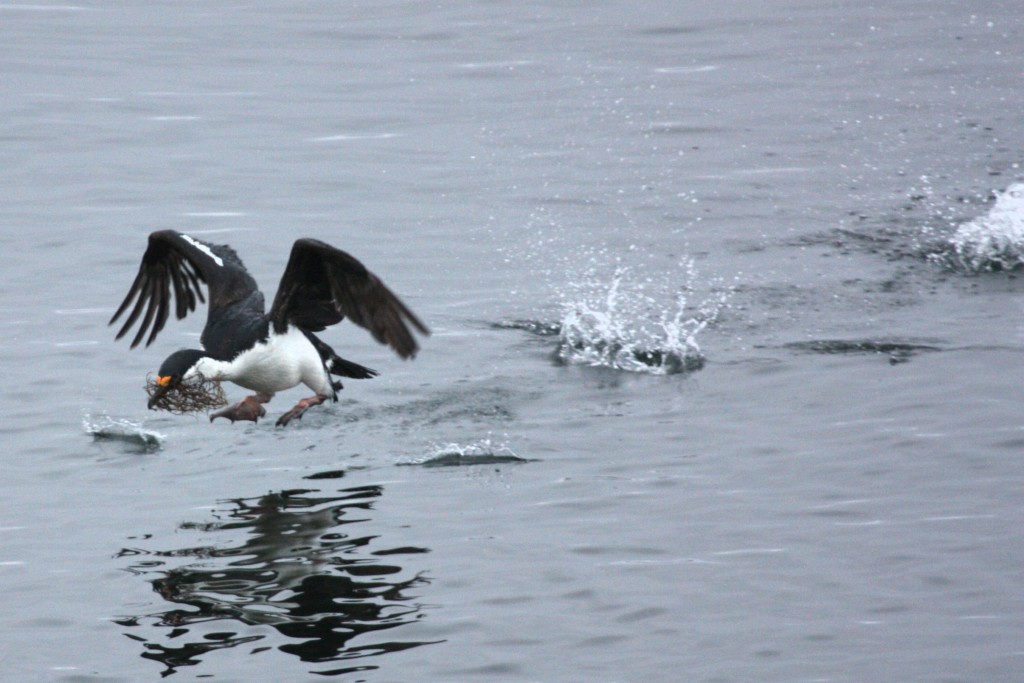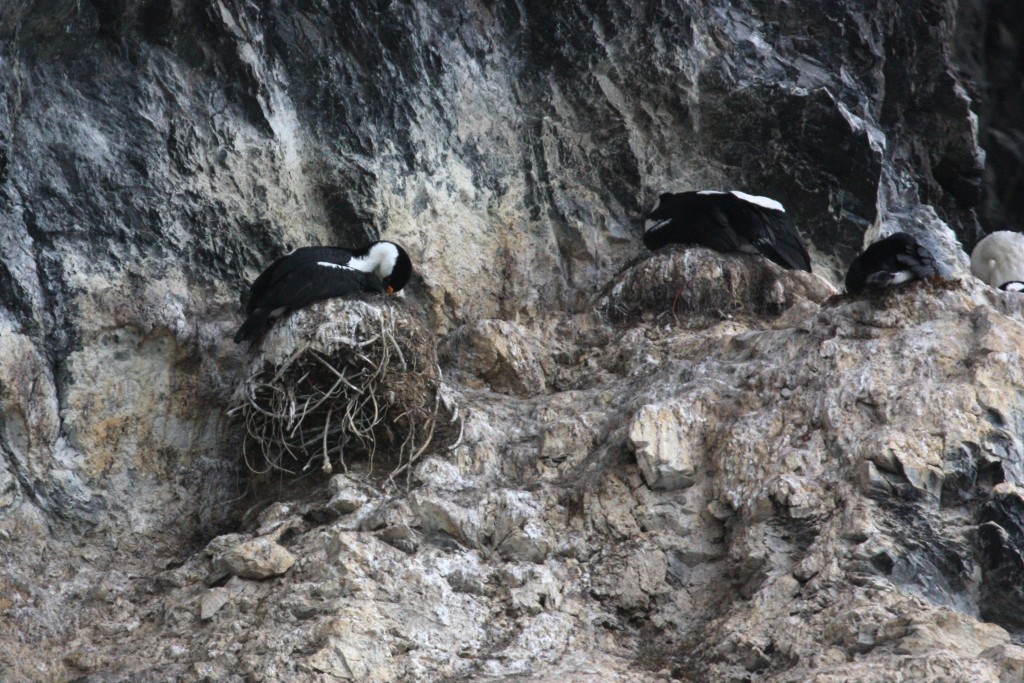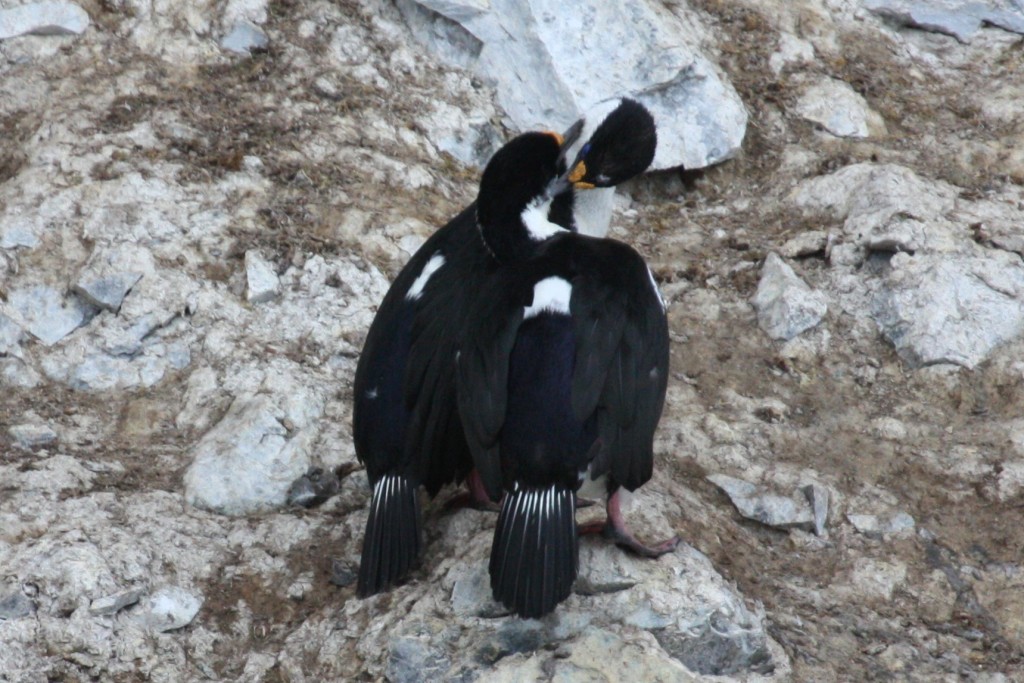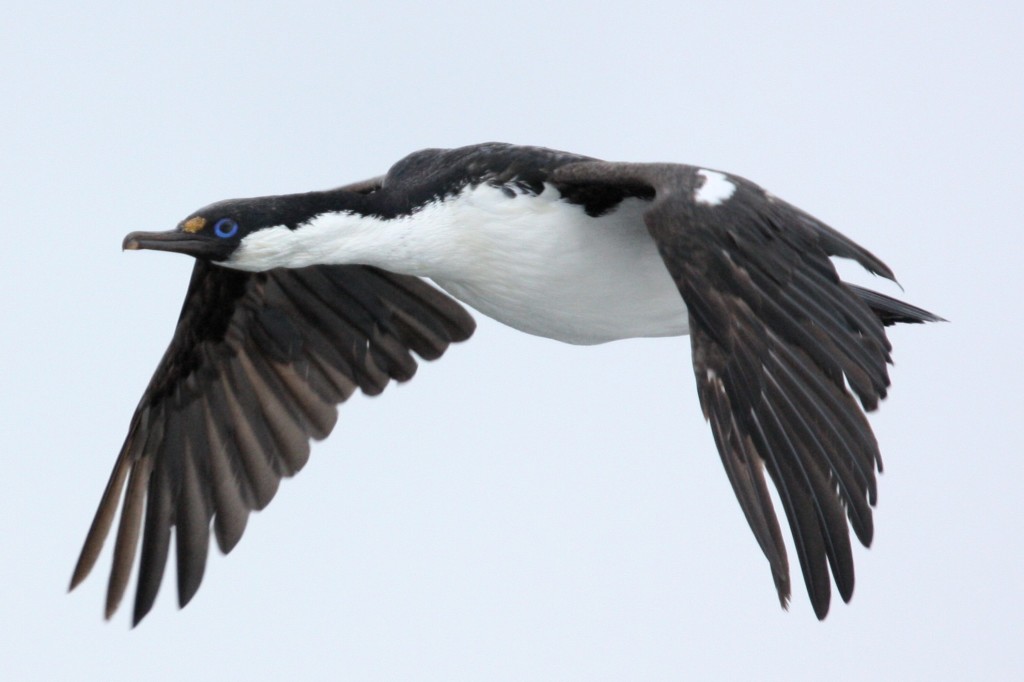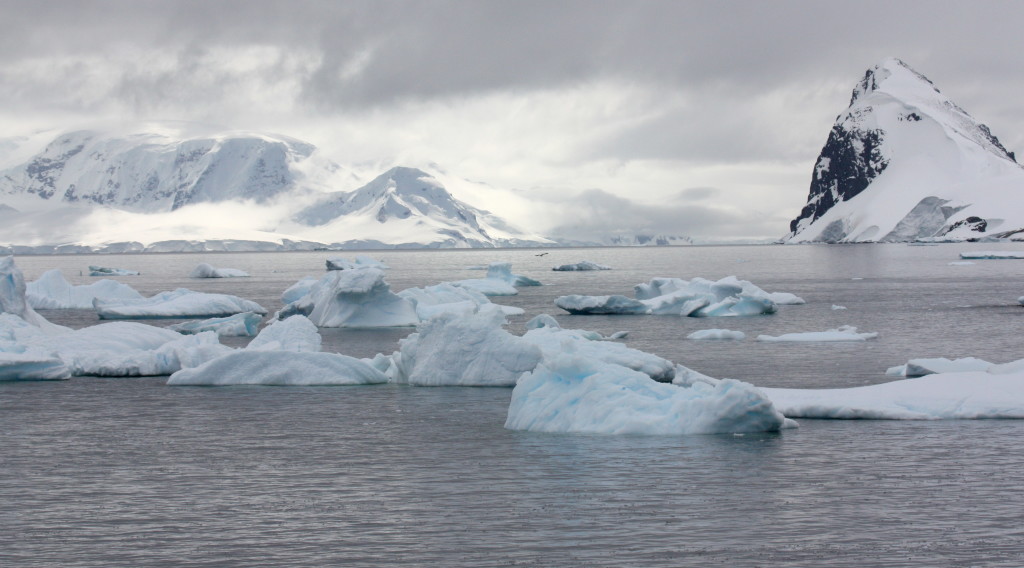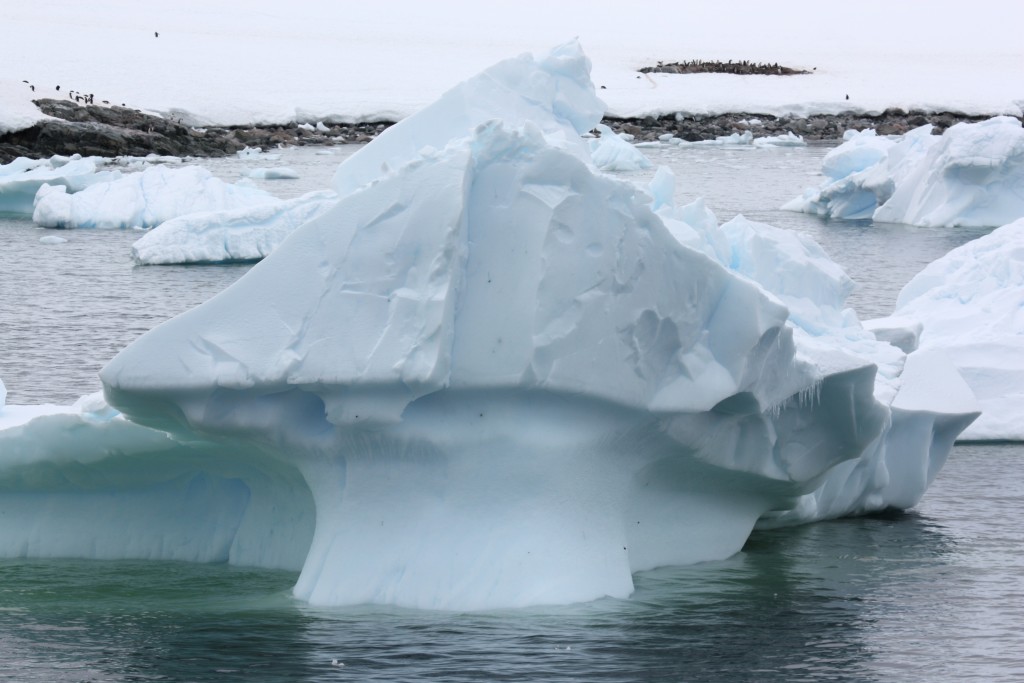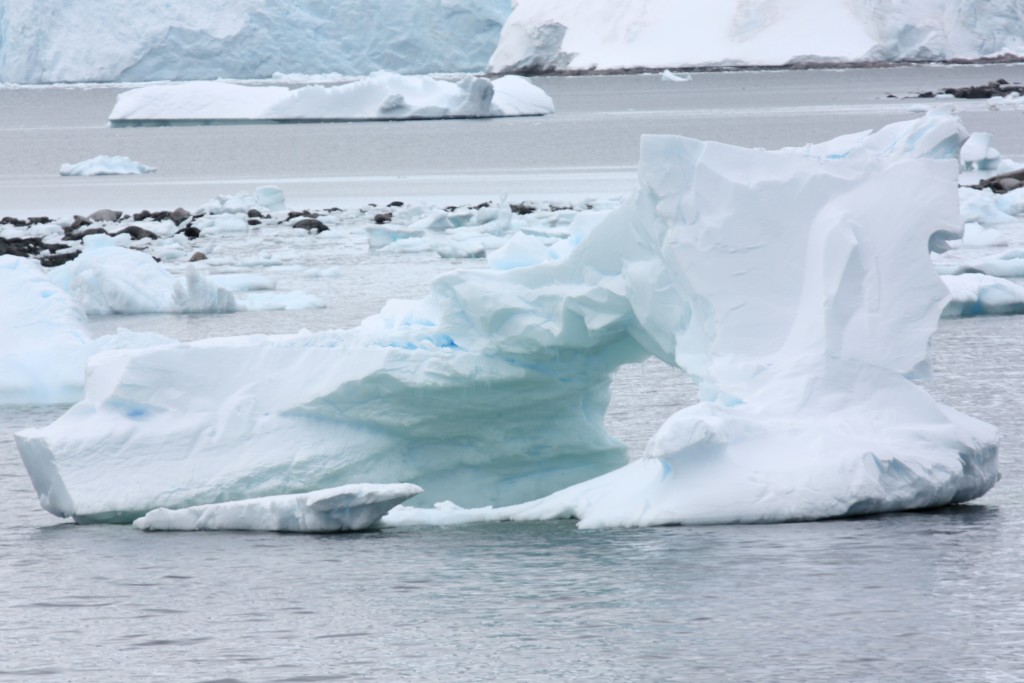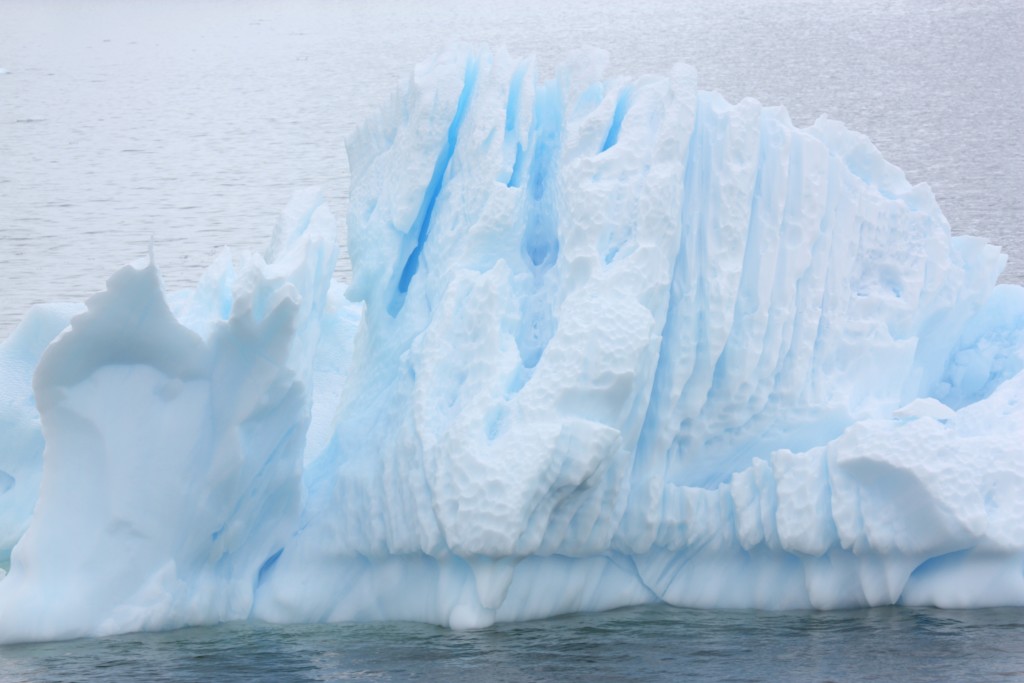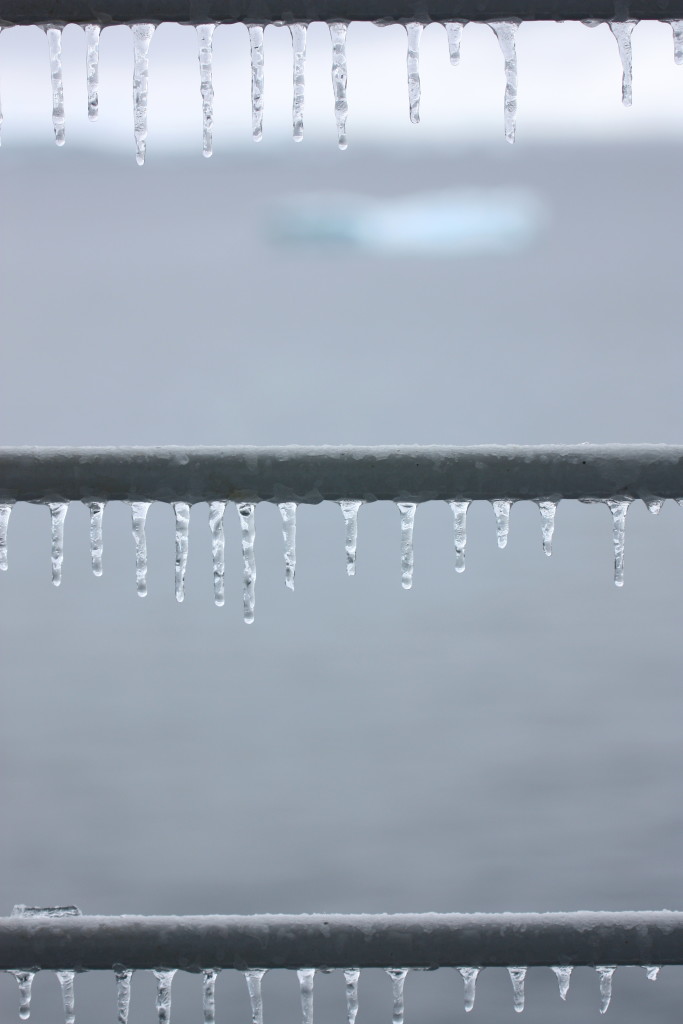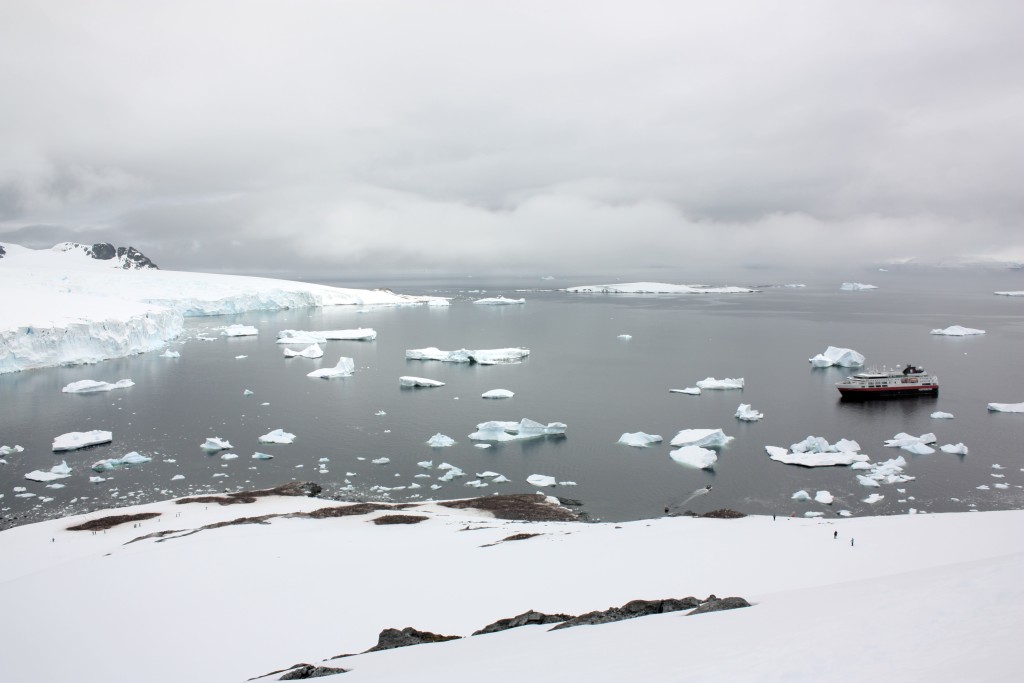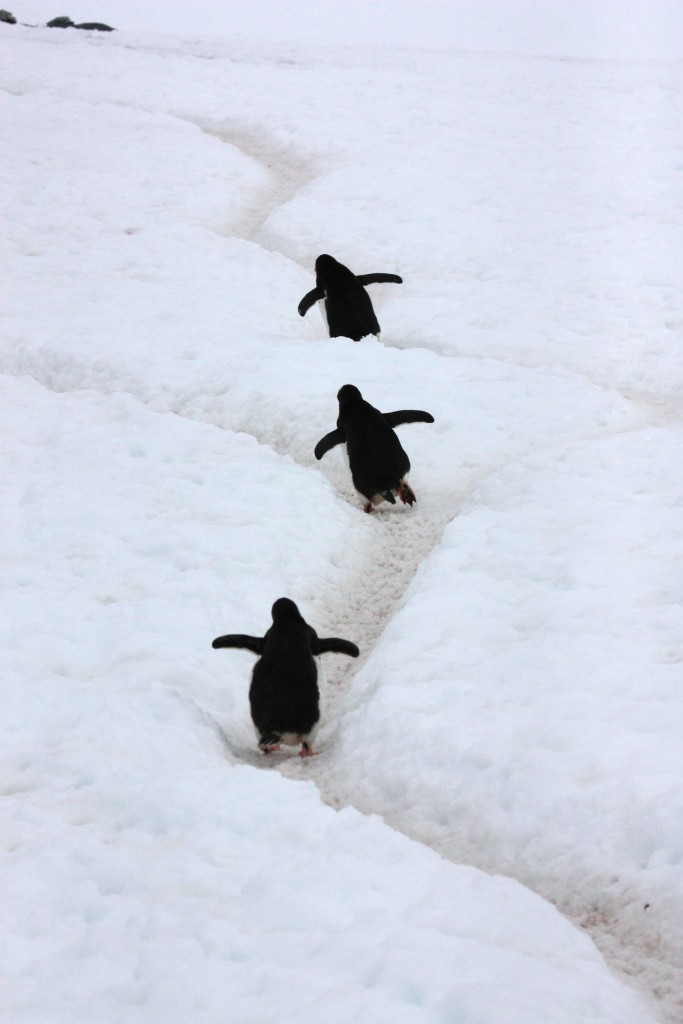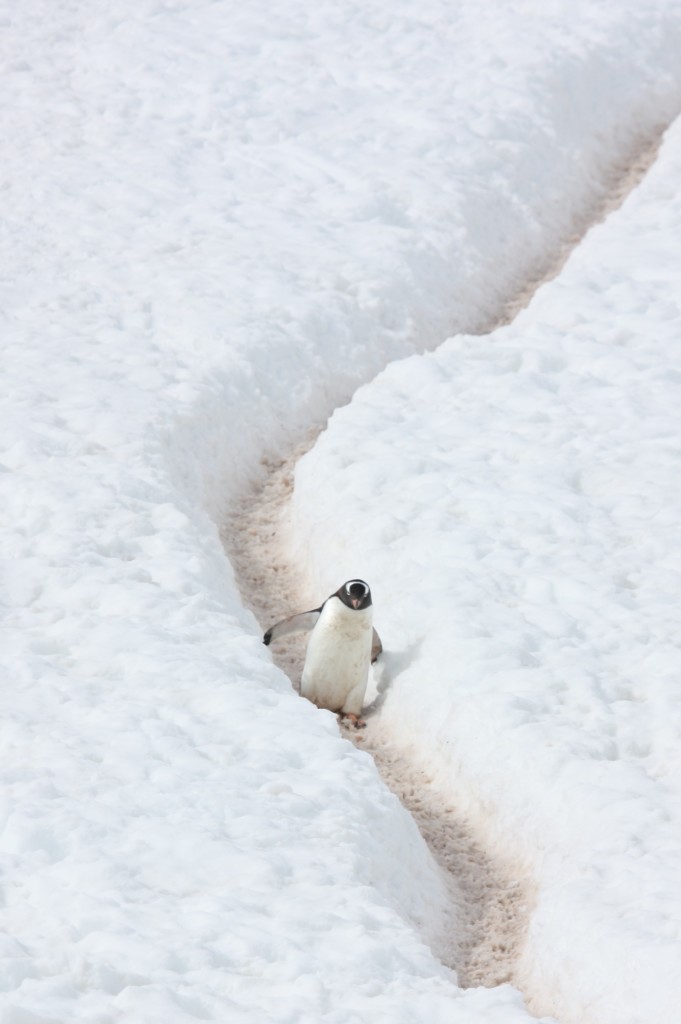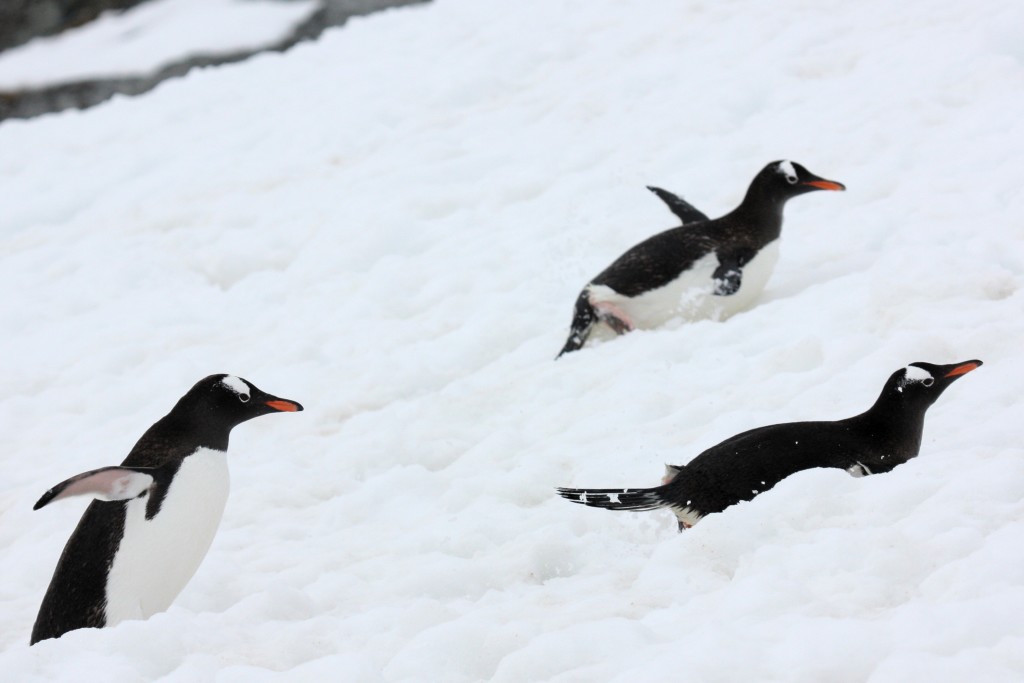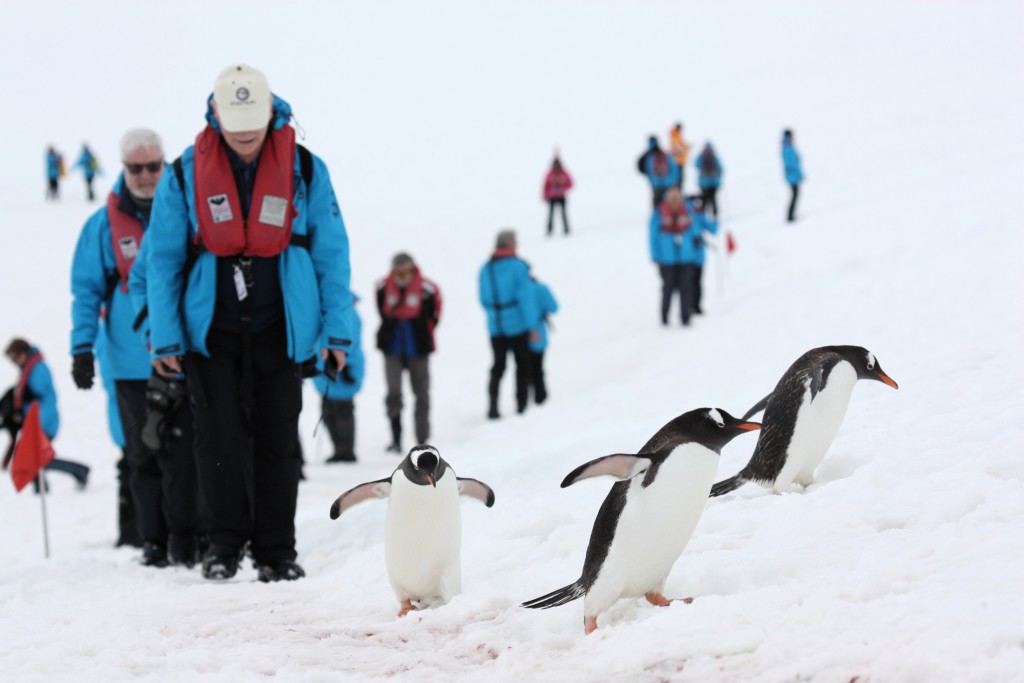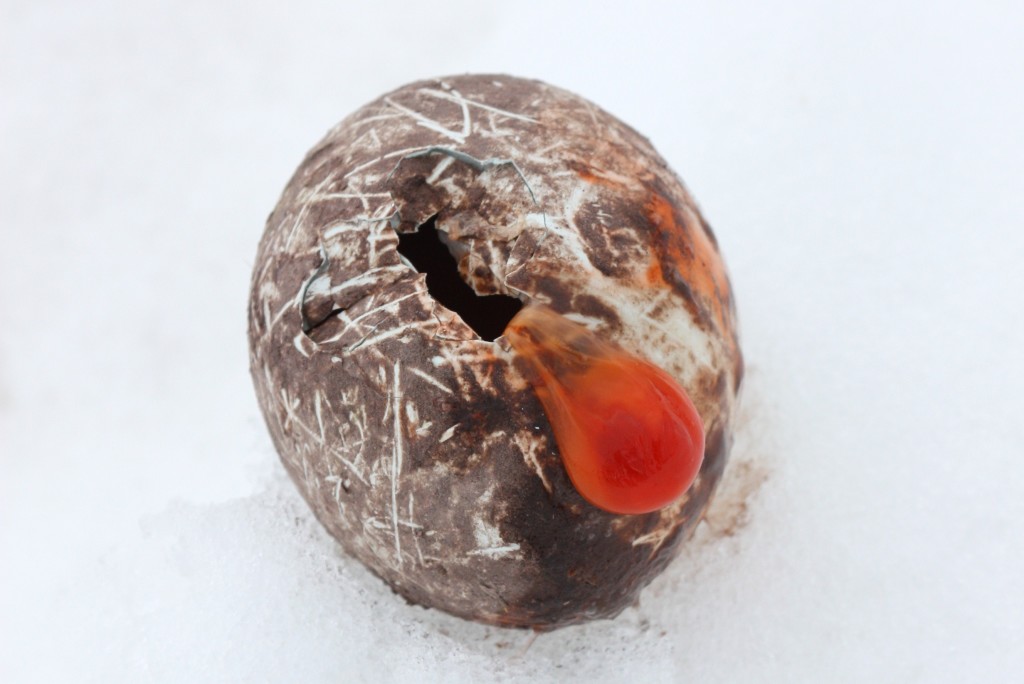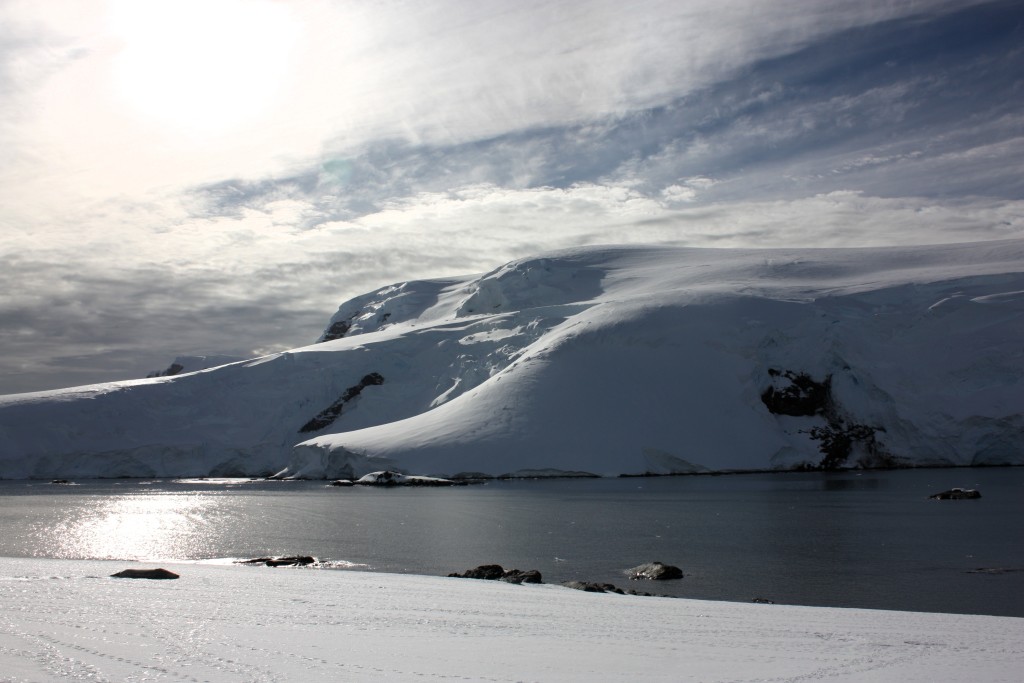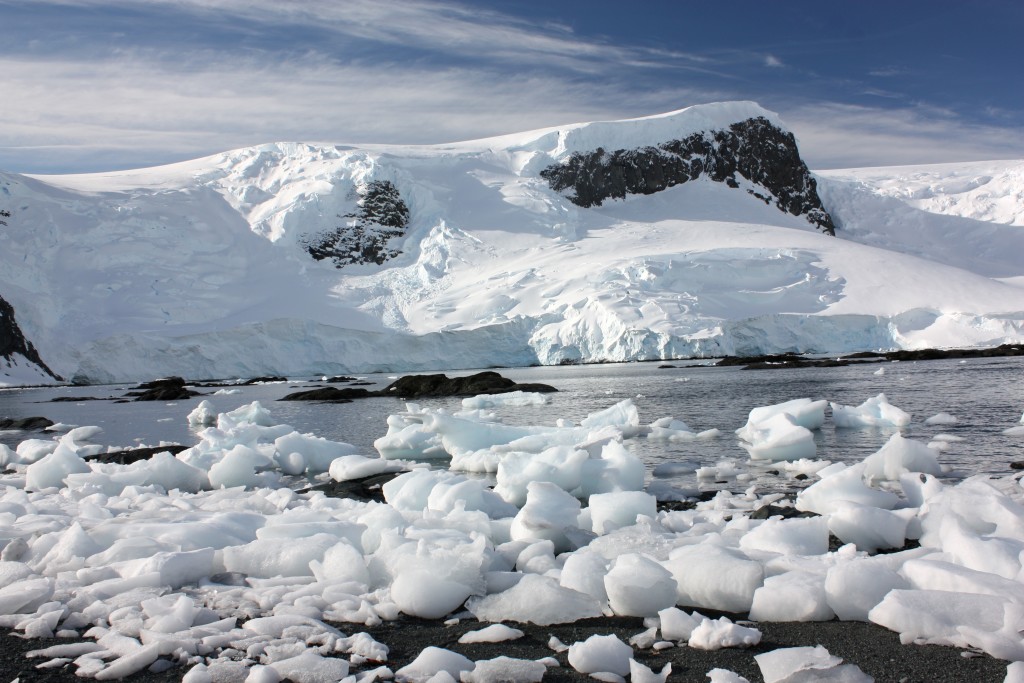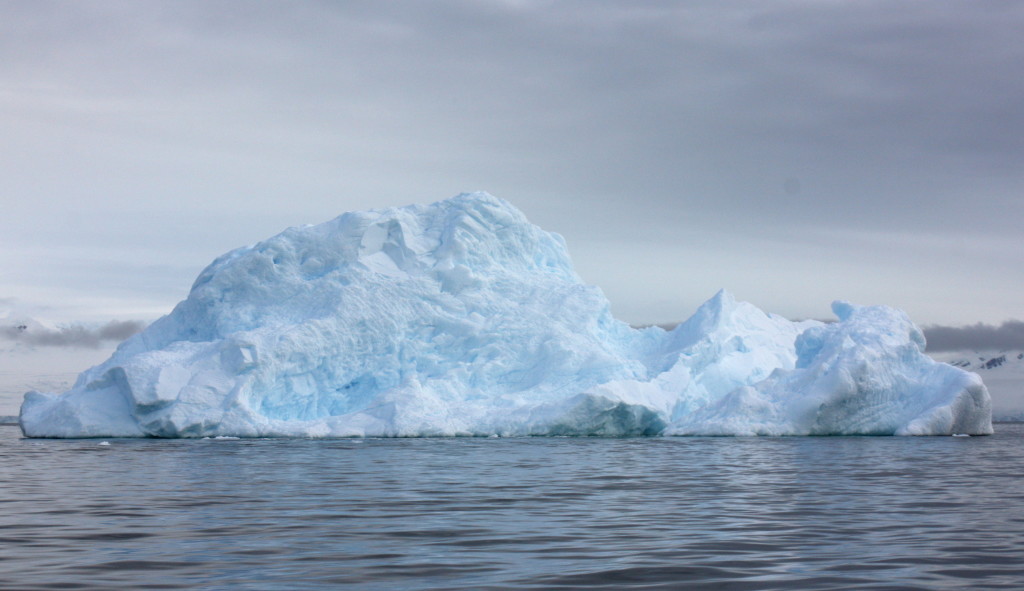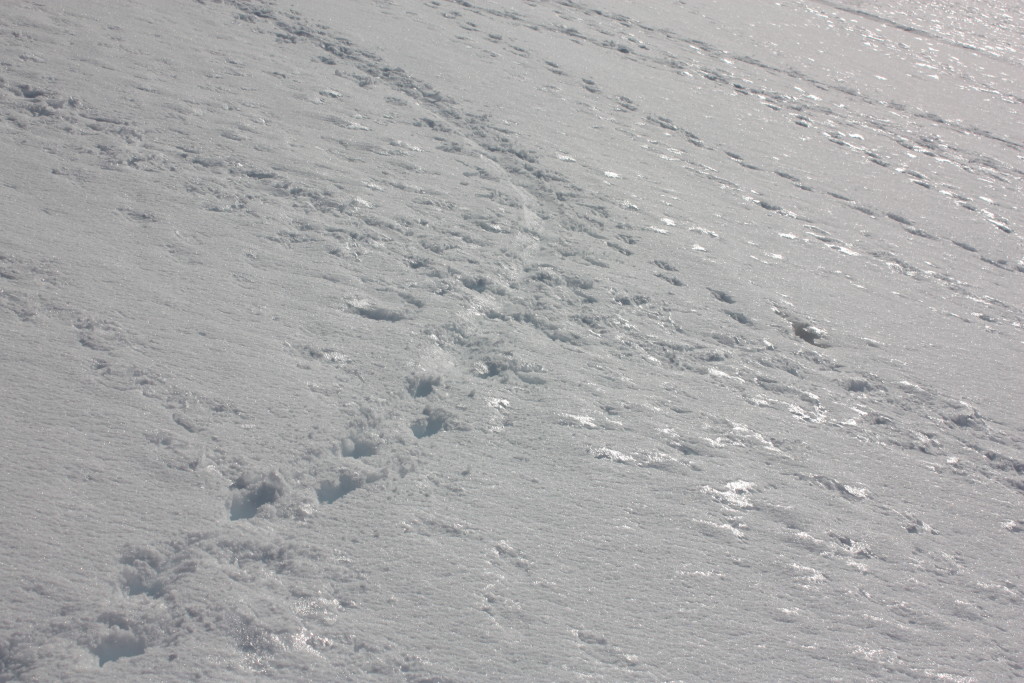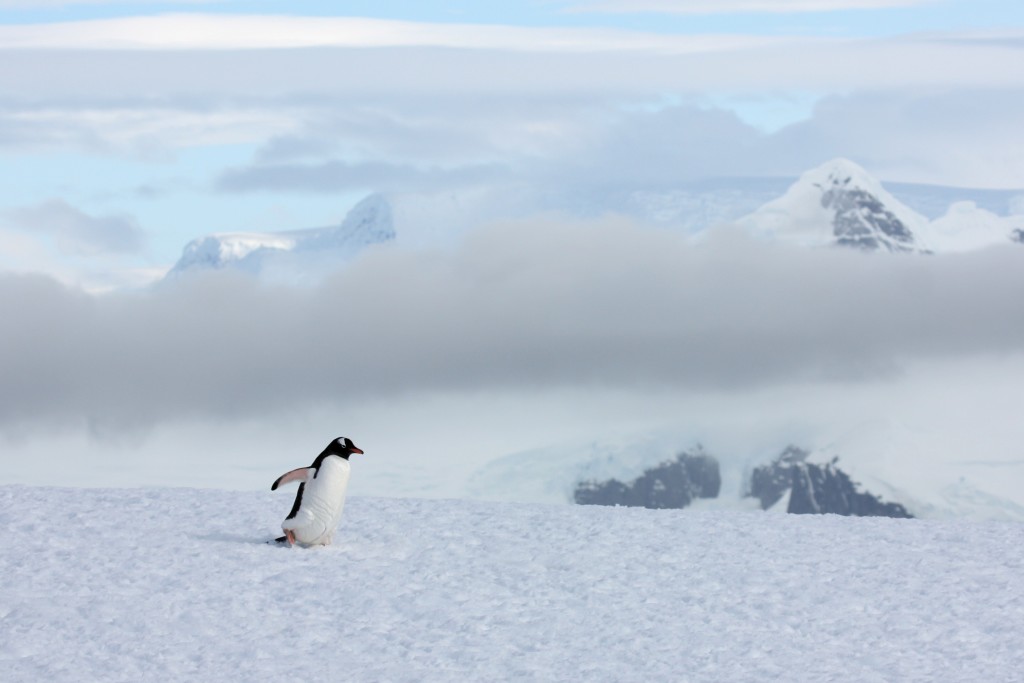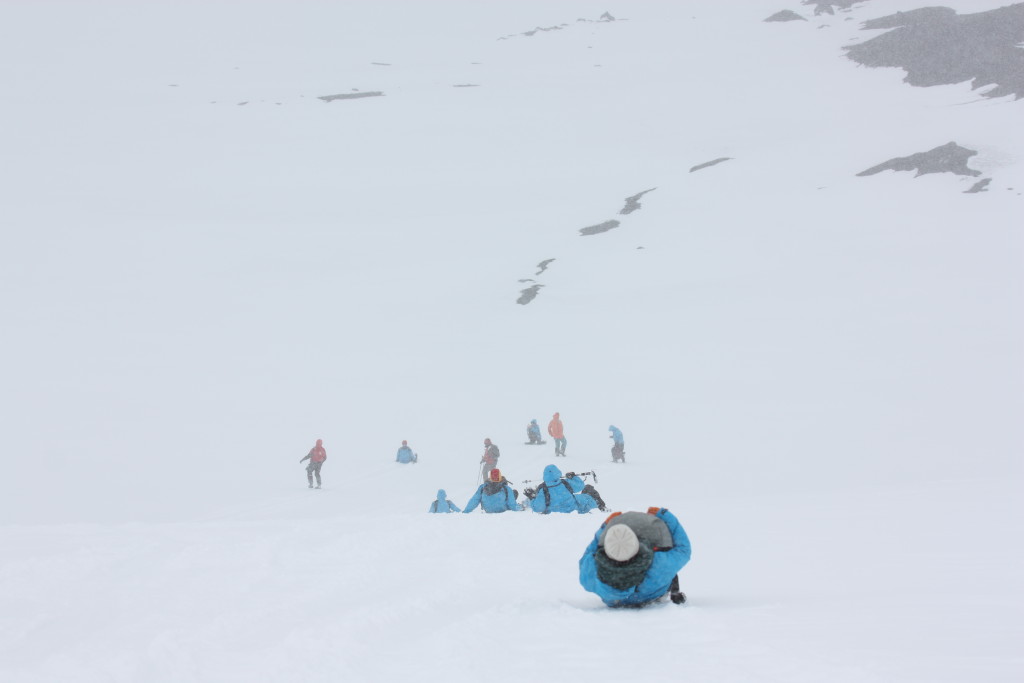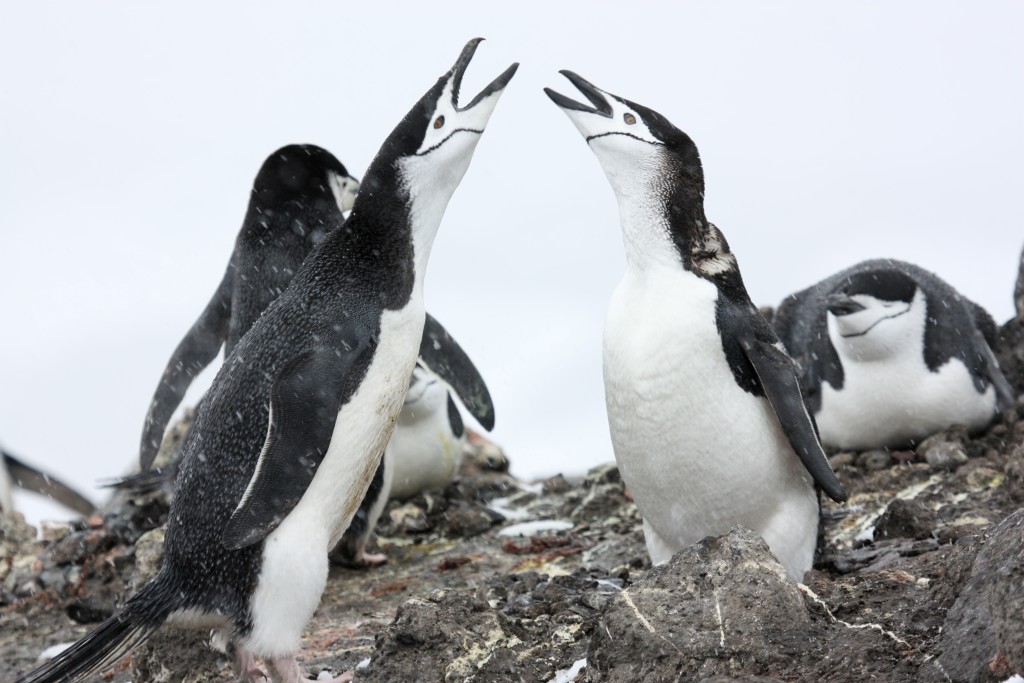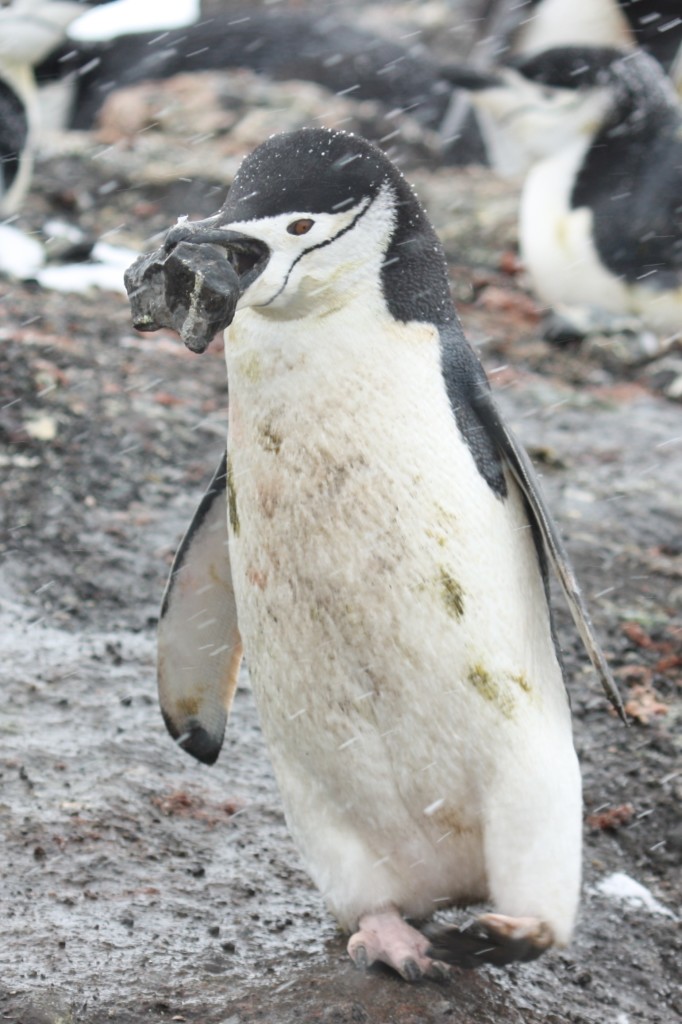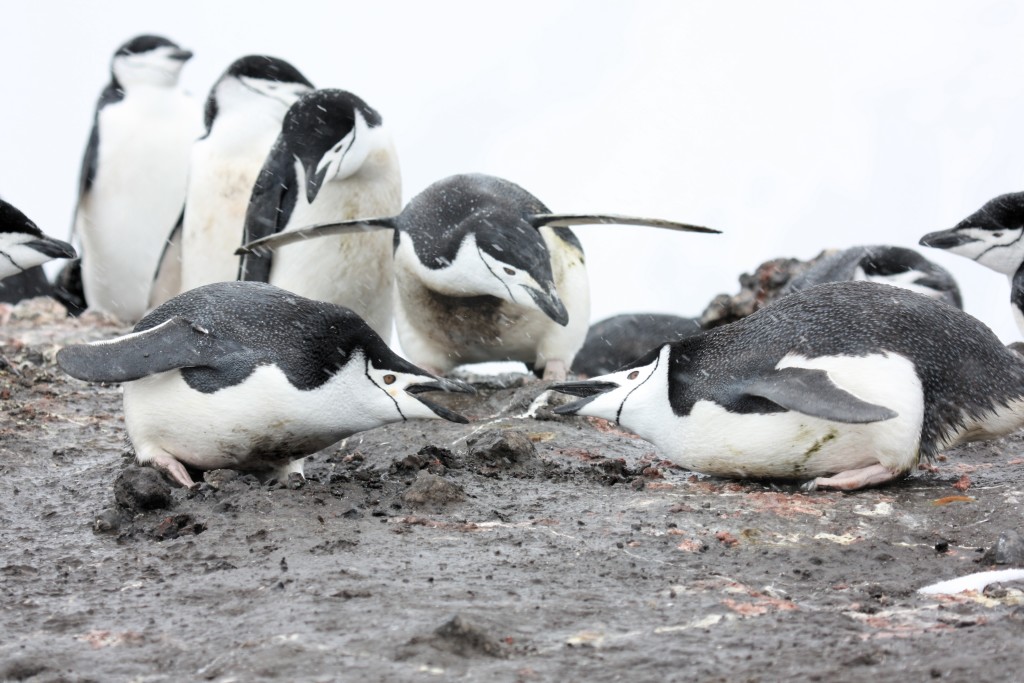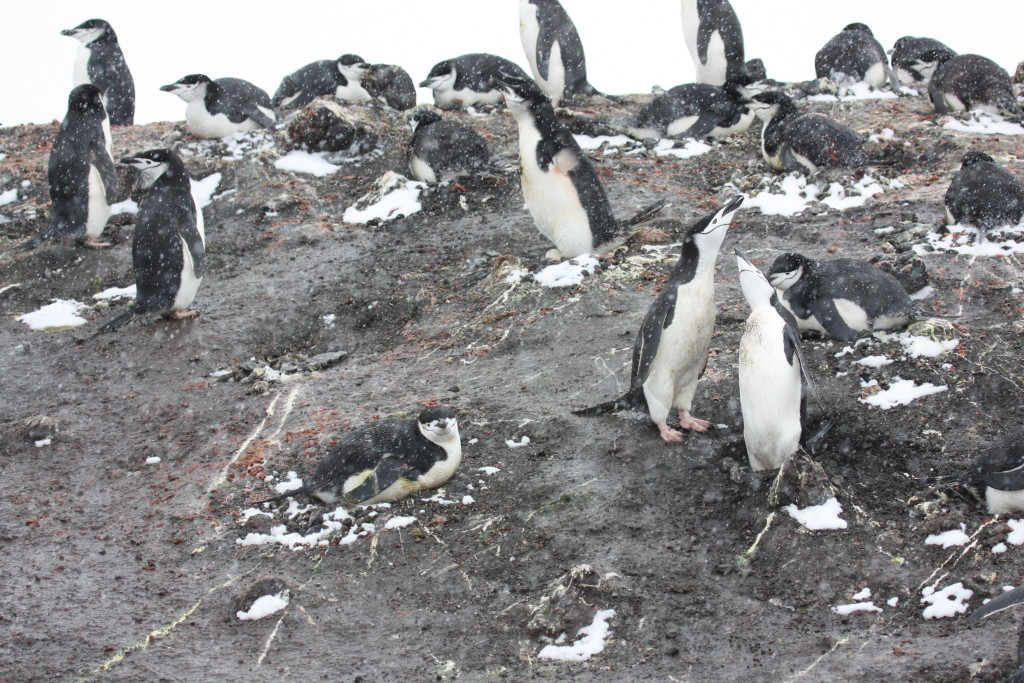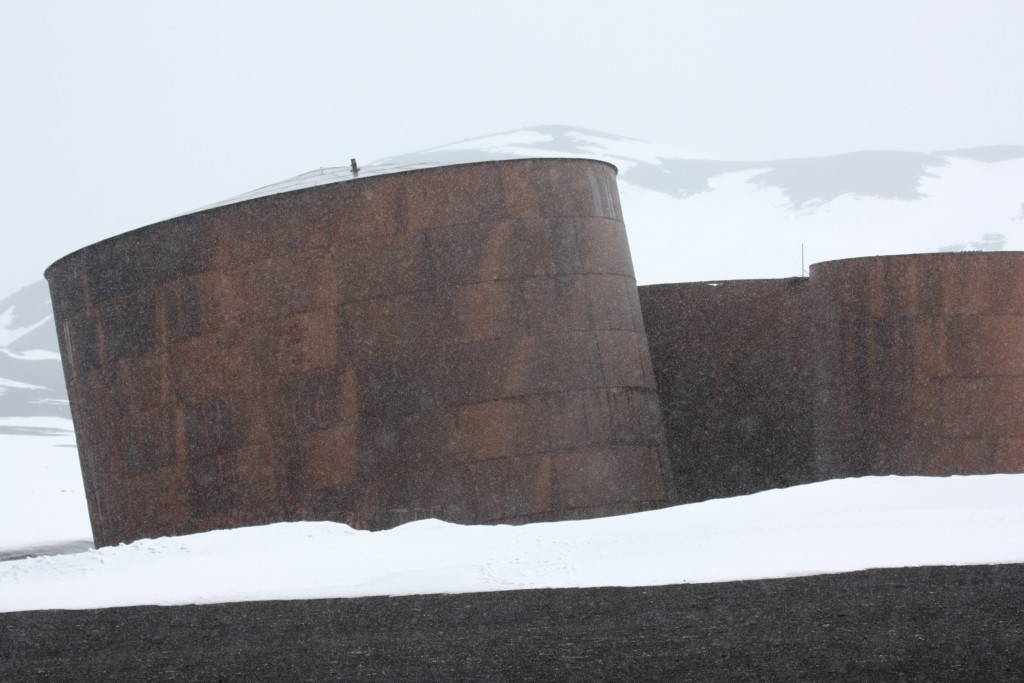I got through 43 books in the second half of 2014, thanks to a lot of tram rides and three weeks on a ship with no Internet. There ended up being quite a range in terms of categories:
Factual
Everything That Can Happen Does Happen — Brian Cox and Jeff Forshaw
This Secret Garden: Oxford Revisited — Justin Cartwright
Paradox — Jim Al-Khalili
The Moon’s a Balloon — David Niven
SF/Fantasy
King Rat — China Mieville
Matter — Iain M. Banks
Smoke and Mirrors — Neil Gaiman
Revelation Space — Alastair Reynolds
Aye, and Gomorrah — Samuel R. Delany
Red Mars — Kim Stanley Robinson
Green Mars — Kim Stanley Robinson
Blue Mars — Kim Stanley Robinson
Nova Swing — M. John Harrison
Empty Space — M. John Harrison
Annihilation — Jeff VanderMeer
Authority — Jeff VanderMeer
SF reading was dominated by trilogies: the Mars trilogy was in the traditional hard SF manner of interesting ideas, but occasionally ropey characterisation (though far less so than Alastair Reynolds). I had high hopes of Peter F. Hamilton, but gave up on him quite quickly, he has no idea about sentence structure.
I did on the other hand love M. John Harrison’s Light trilogy, and am just about to start the last volume of VanderMeer’s Southern Reach.
Humour
The Hell of it All — Charlie Brooker
DP
A Voyage Round the World, from 1806 to 1812 — Archibald Campbell
Travels in the Central Parts of Indo-China (Siam), Cambodia, and Laos — Henri Mouhot
Egholm and His God — Johannes Buchholtz
Hours of Exercise in the Alps — John Tyndall
The Methods of Ethics — Henry Sidgwick
The Principles of Language-Study — Harold E. Palmer
Of the books which I produced for DP, I’m most proud of The Methods of Ethics — an important book, and not as boring as I’d been led to believe. Palmer’s book on language study is remarkably forward-thinking for its time.
Literature
Everything Flows — Vasily Grossman
Complicity — Iain Banks
The Blue Book — A. L. Kennedy
Our Fathers — Andrew O’Hagan
We Are All Completely Beside Ourselves — Karen Joy Fowler
Laidlaw — William McIlvanney
The Wake — Paul Kingsnorth
Concrete Island — J. G. Ballard
New Selected Stories — Alice Munro
The Birth of Venus — Sarah Dunant
Things Fall Apart — Chinua Achebe
A Place of Greater Safety — Hilary Mantel
In the general literature category, I enjoyed The Wake a lot. A Place of Greater Safety was an excellent audiobook; as with Umbrella before, good enough for me to get a kindle version to read as well. Biggest surprise was finding out that Sarah Dunant doesn’t know the difference between flaunt and flout. Biggest disappointment was Nicci French’s Blue Monday, an insultingly stupid book whose plot hinges on a psychiatrist conducting a therapy session while a comedy East European builder is sleeping in the corner of the room.
Fiction of Relationship
Manon Lescaut — Abbé Prévost
To the Lighthouse — Virginia Woolf
Benito Cereno — Herman Melville
Jane Eyre — Charlotte Brontë
Light in August — William Faulkner
The Ice Palace — Tarjei Vesaas
Beloved — Toni Morrison
Disgrace — J. M. Coetzee
I did a Coursera course on ‘The Fiction of Relationship’, which had interesting lectures by Arnold Weinstein, of Brown University. Several of the texts were re-readings (there were also stories by Kafka and Borges), and I discovered that I’d bought The Ice Palace a few years ago and not got round to reading it yet. The lectures made thought-provoking comparisons between the books, though I’m beginning to suspect that I’ve outgrown Borges.
I don’t think I’ll get through quite so many next year — there are some big books at DP which I’ve been putting off for too long. Hopefully some time in 2015 I’ll polish off two more volumes of Studies on Homer and the Homeric Age, The Wallace, An Account of the Bell Rock Light-house, The Æneid of Virgil translated into Scottish verse, Vol I and Vol II, and Picture writing of the American Indian
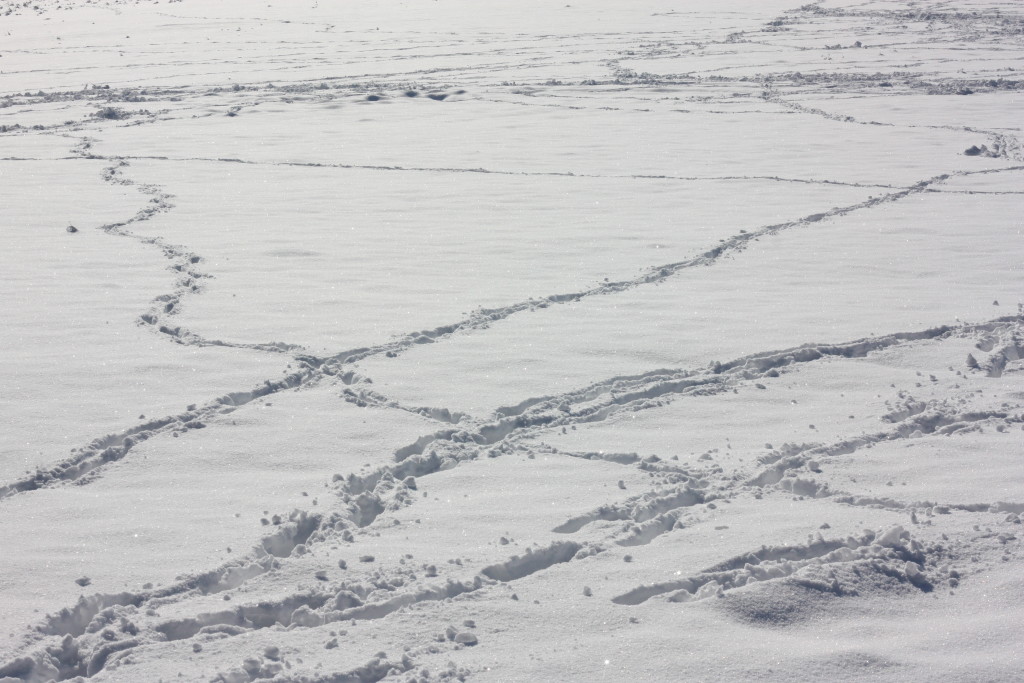
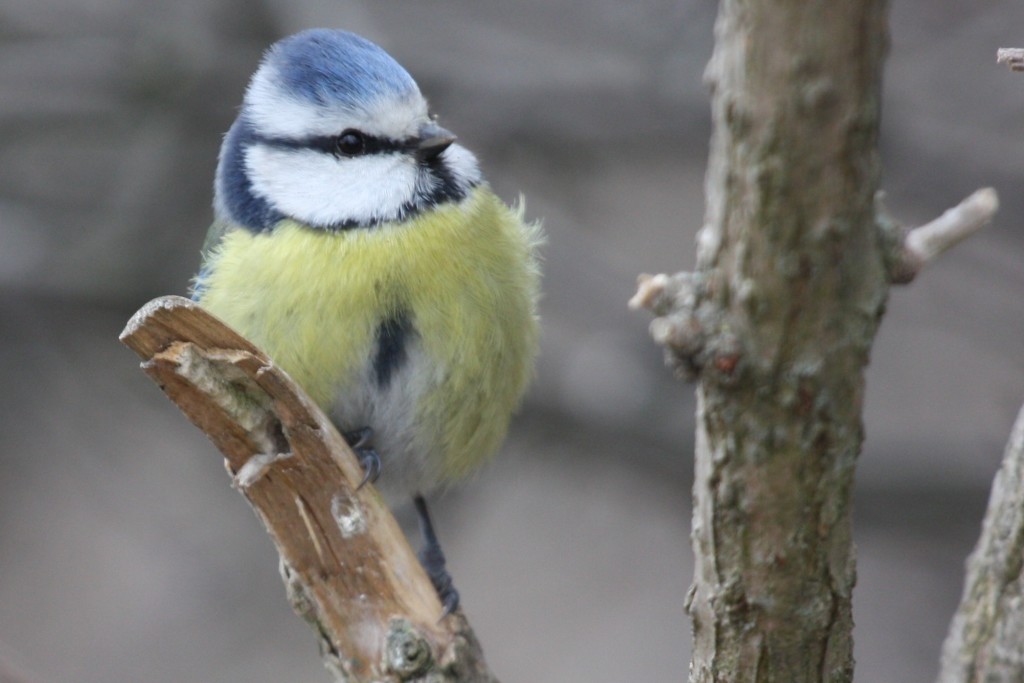 Goldfinches kept a safe distance:
Goldfinches kept a safe distance: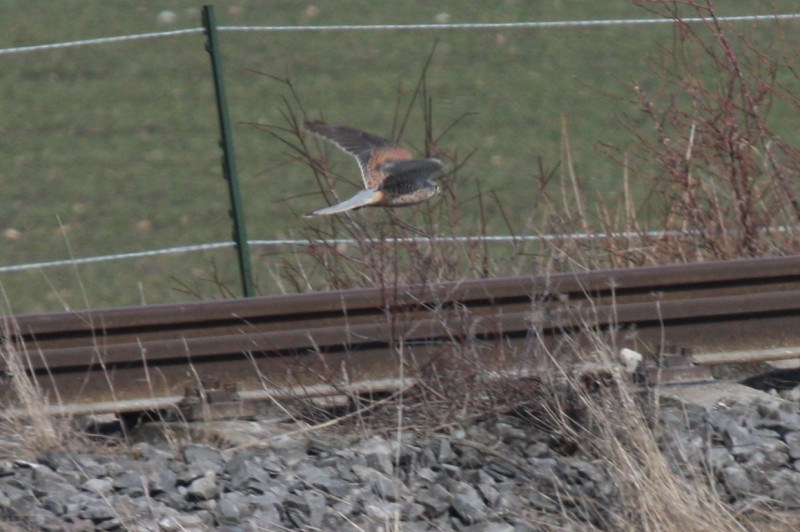
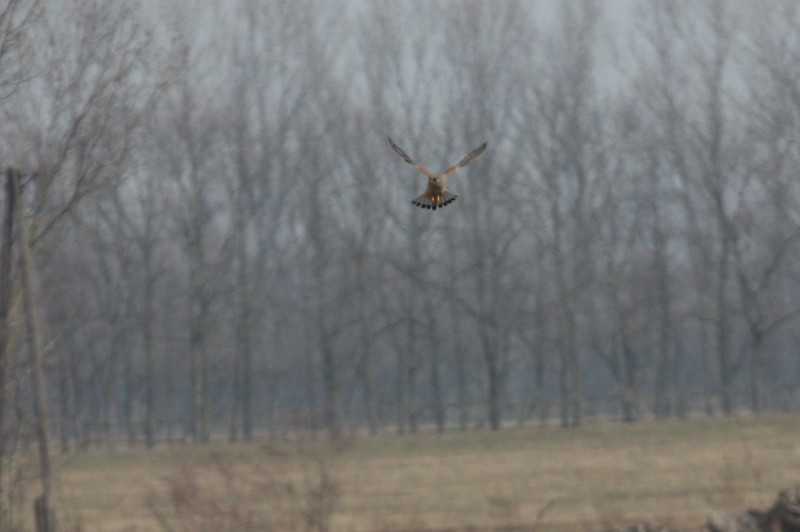 And to answer nature’s other calls:
And to answer nature’s other calls: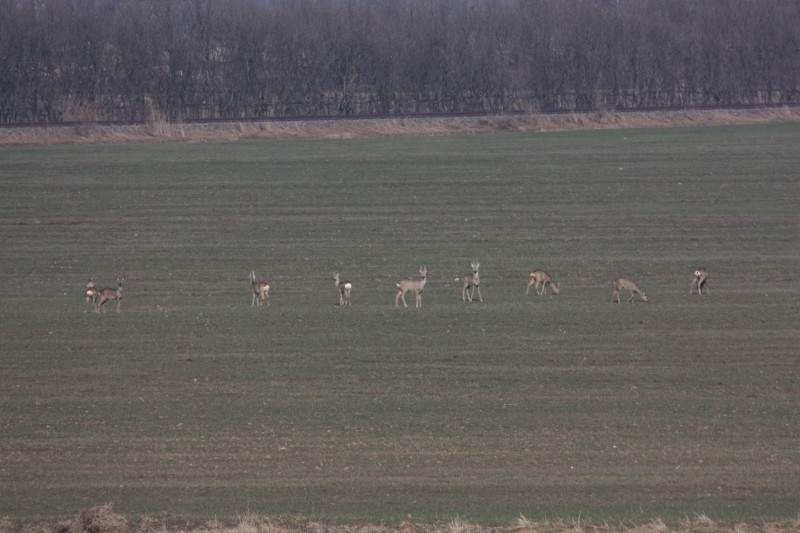 The beavers are also elusive, but their traces are less so:
The beavers are also elusive, but their traces are less so: